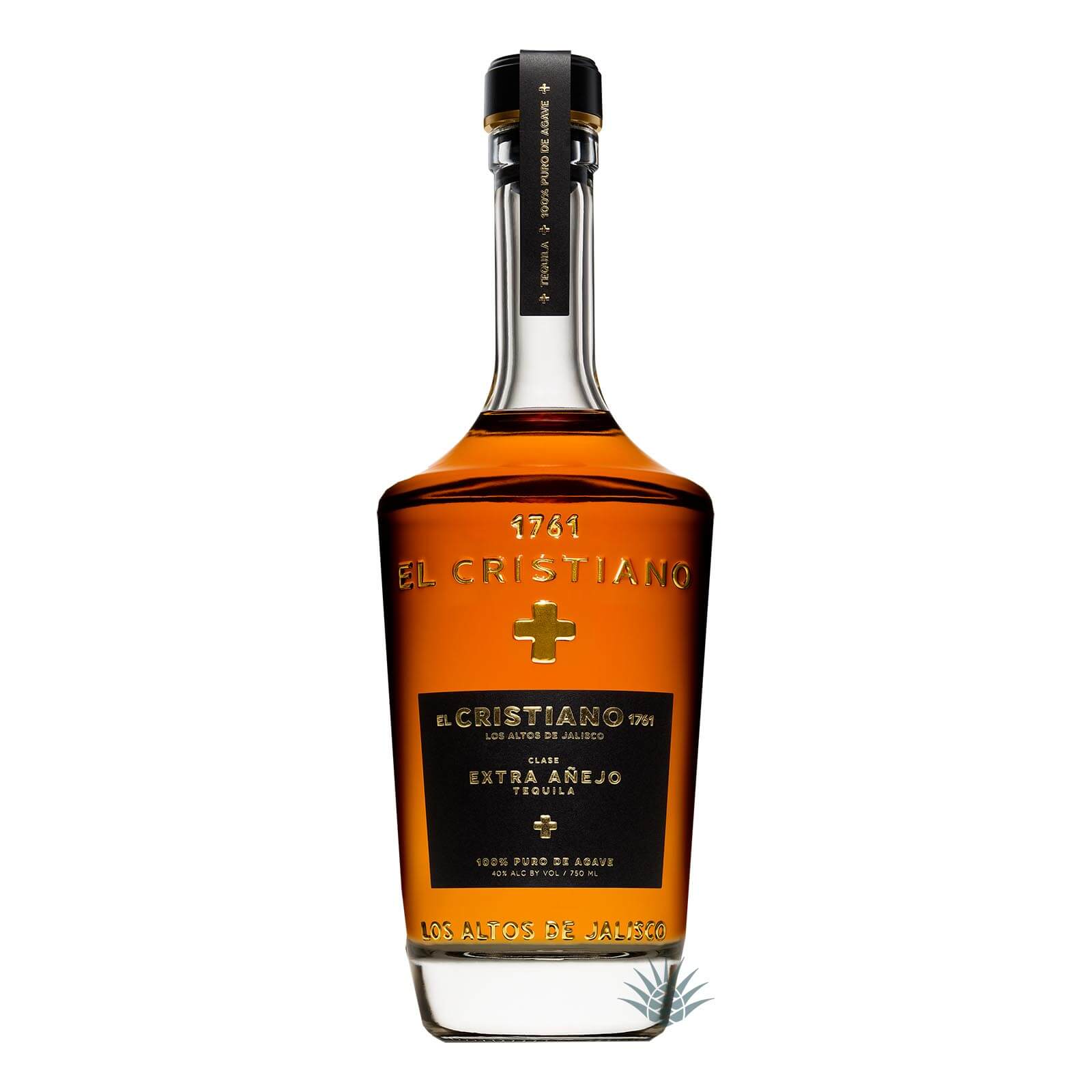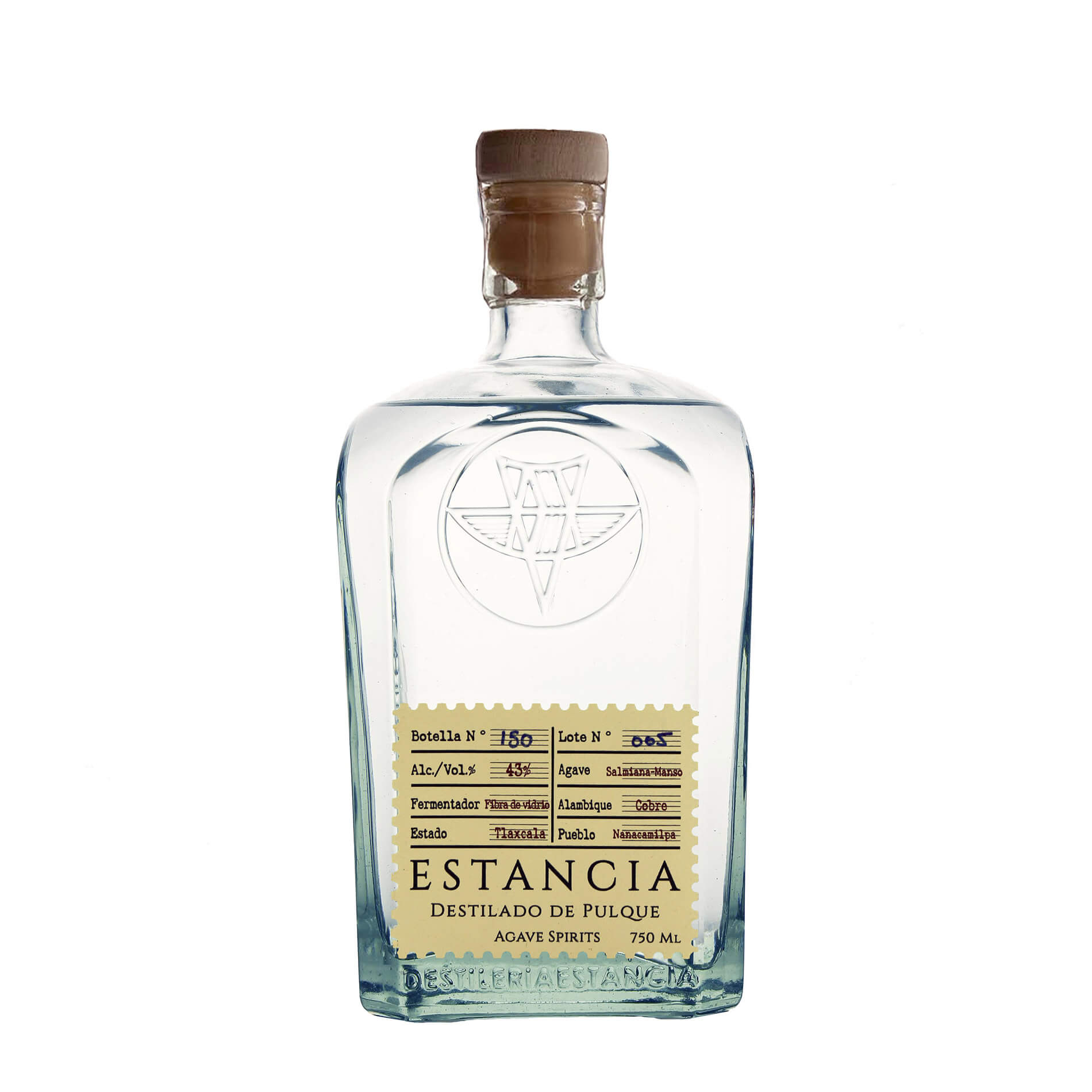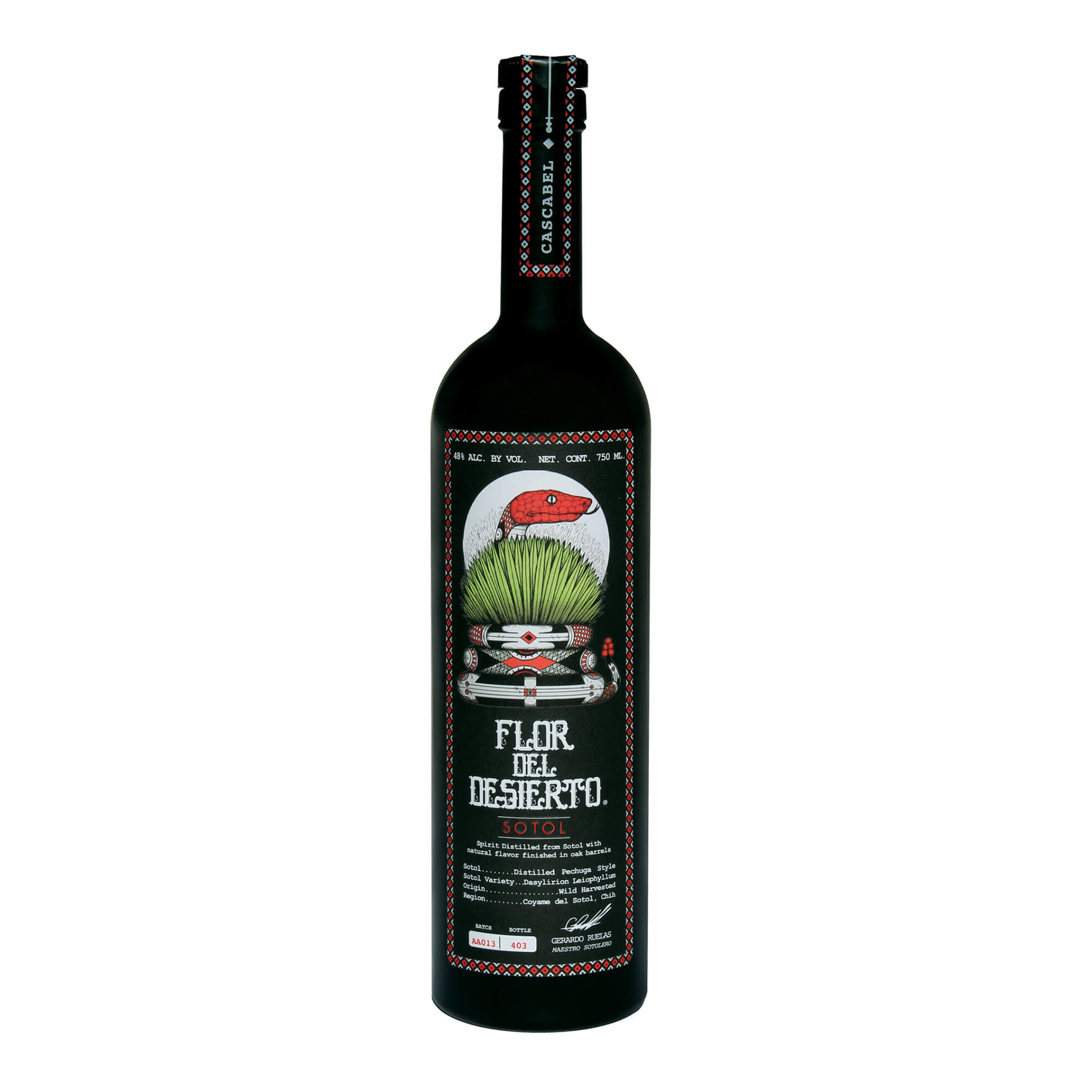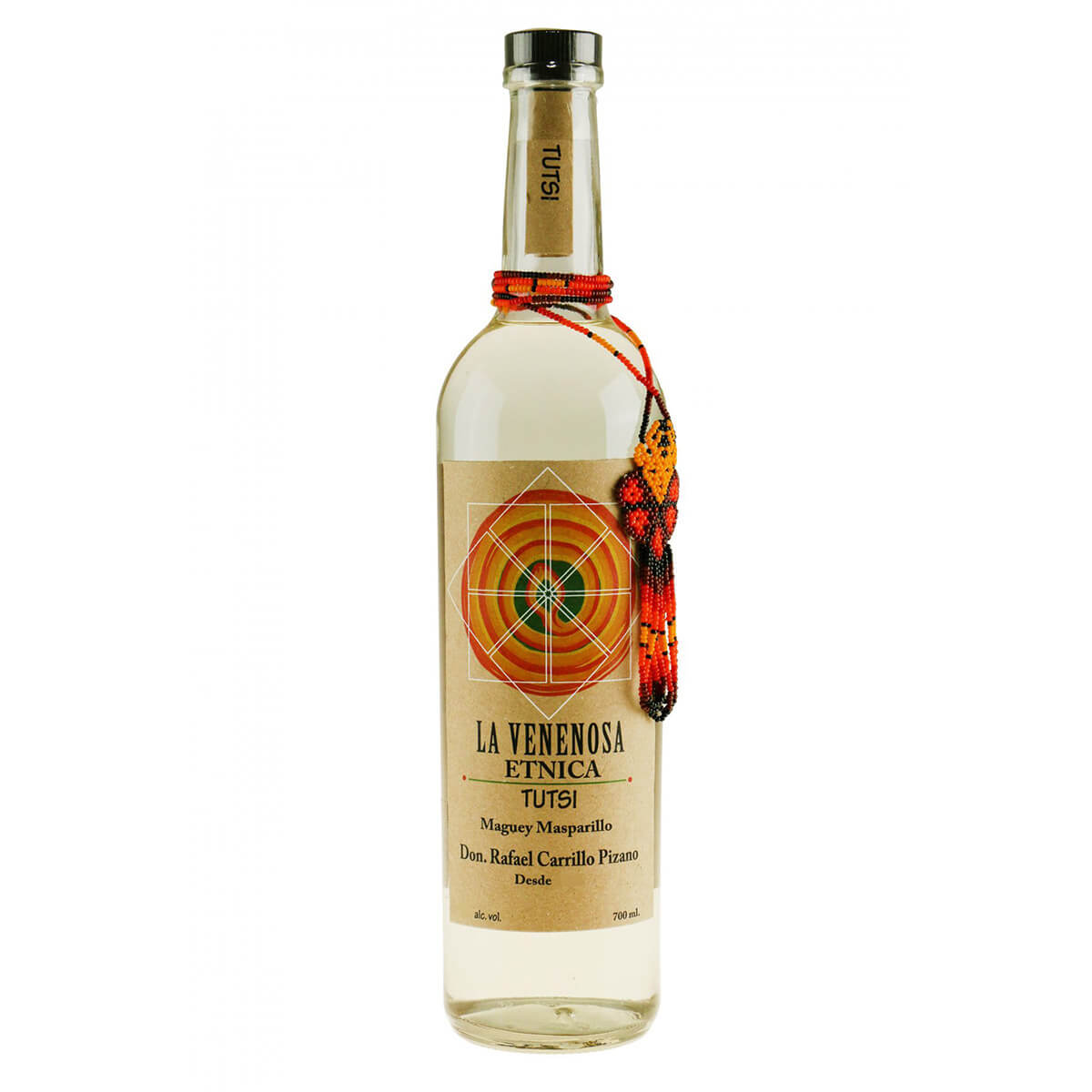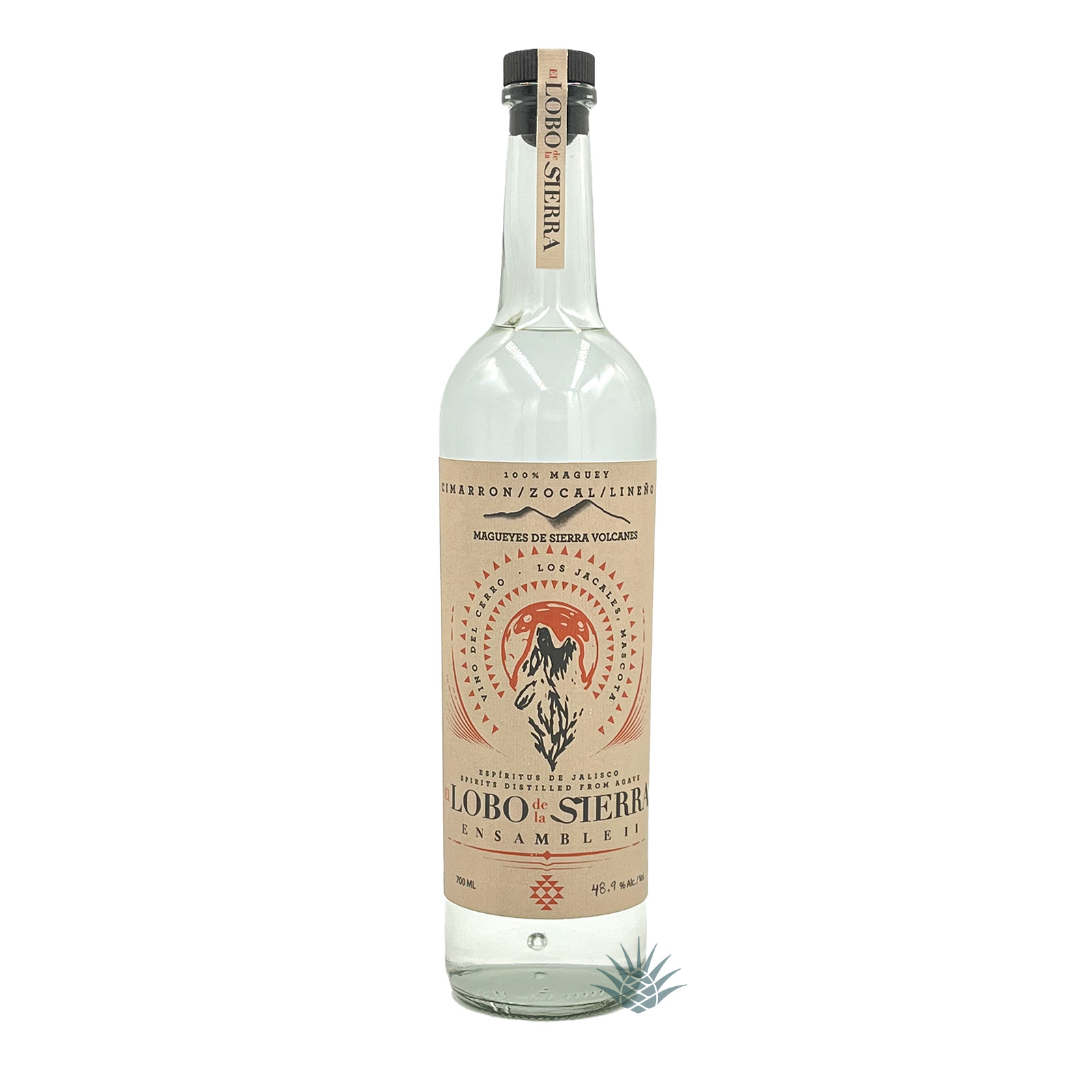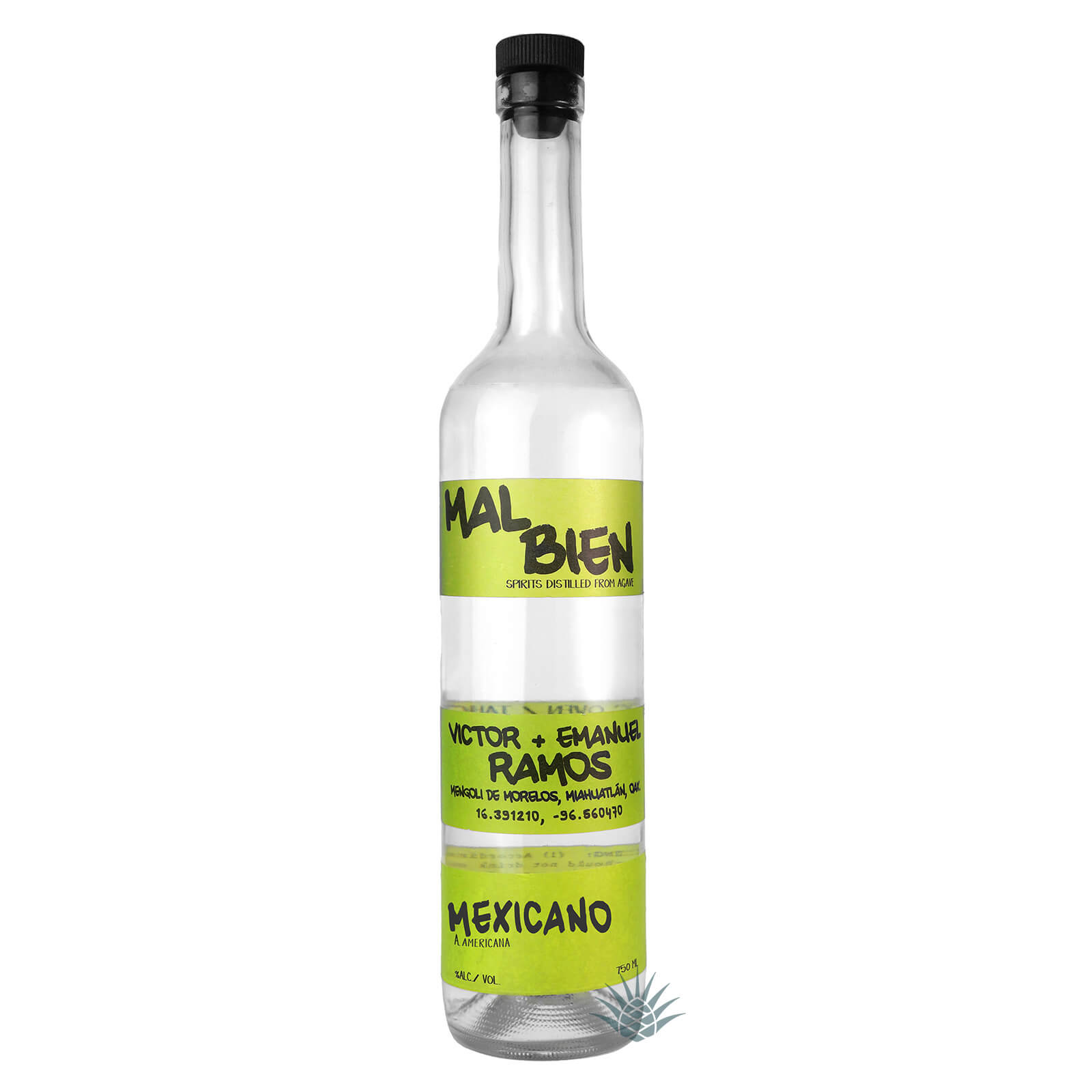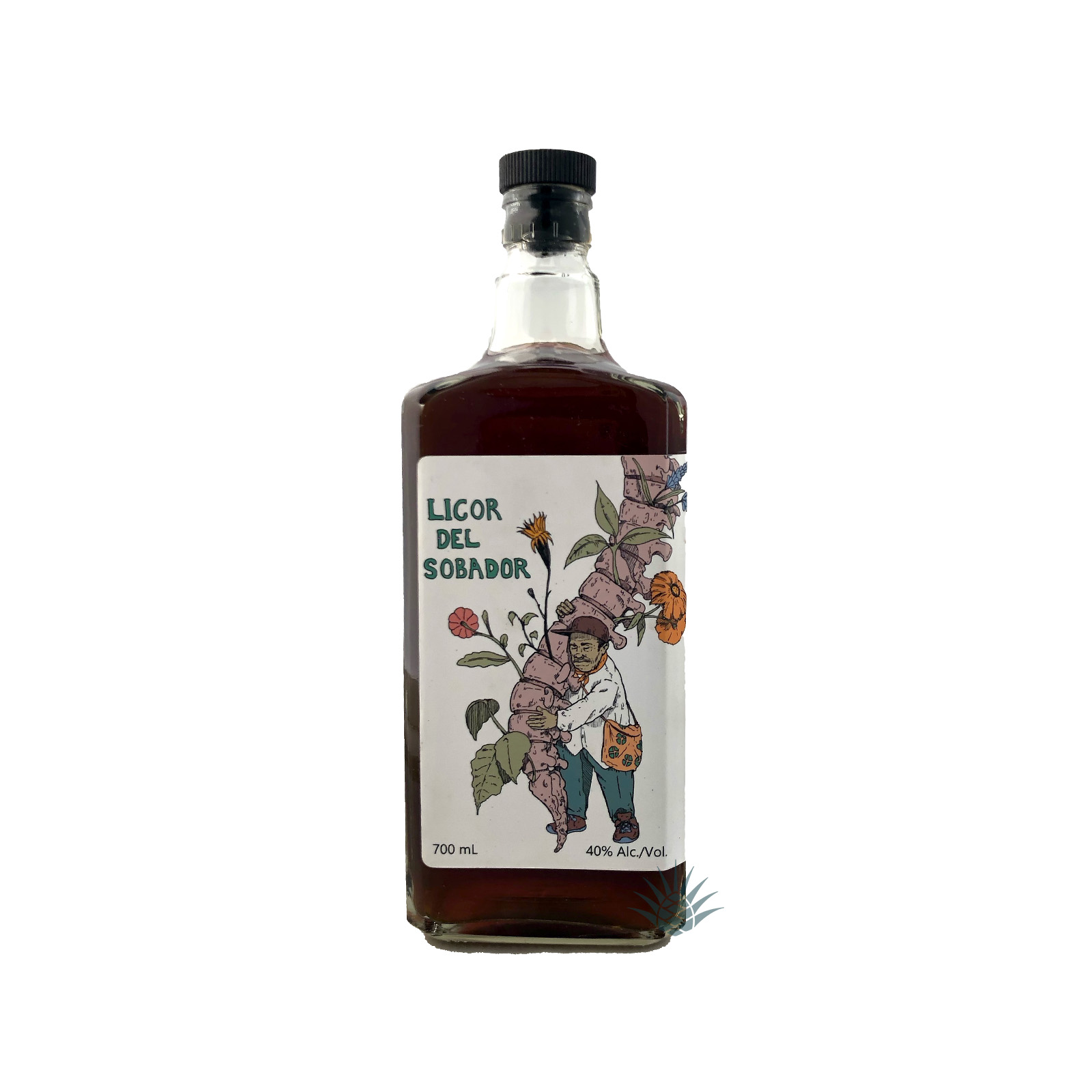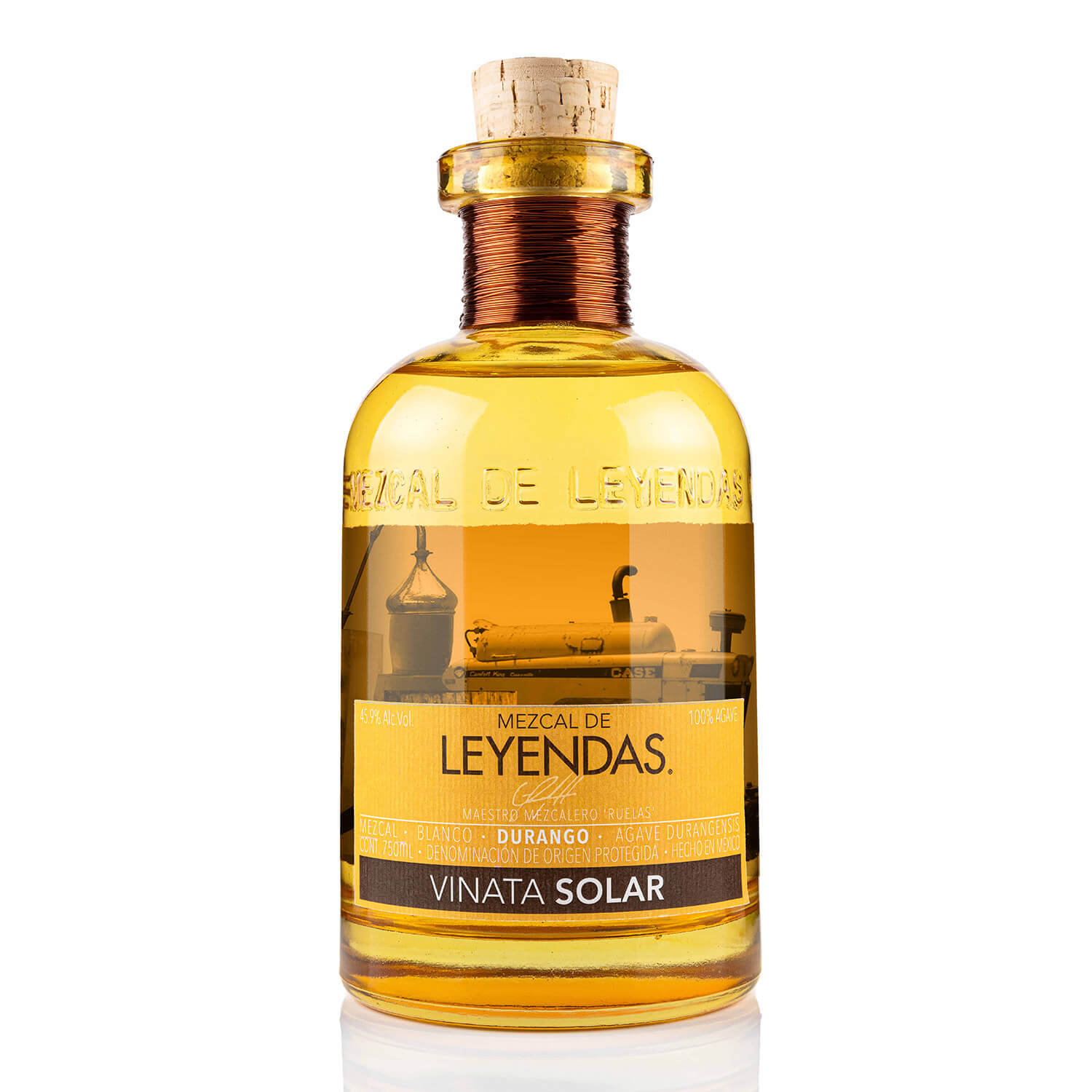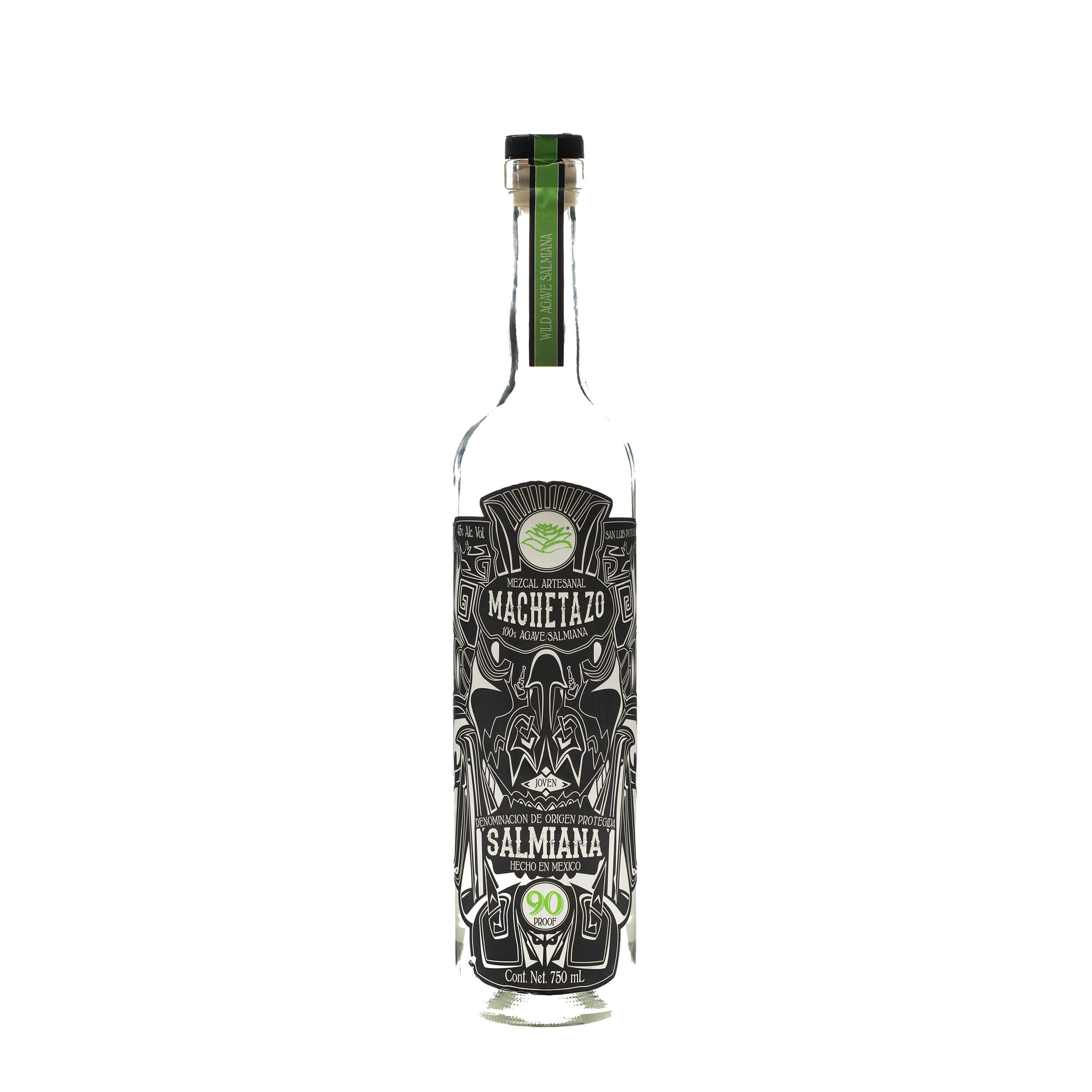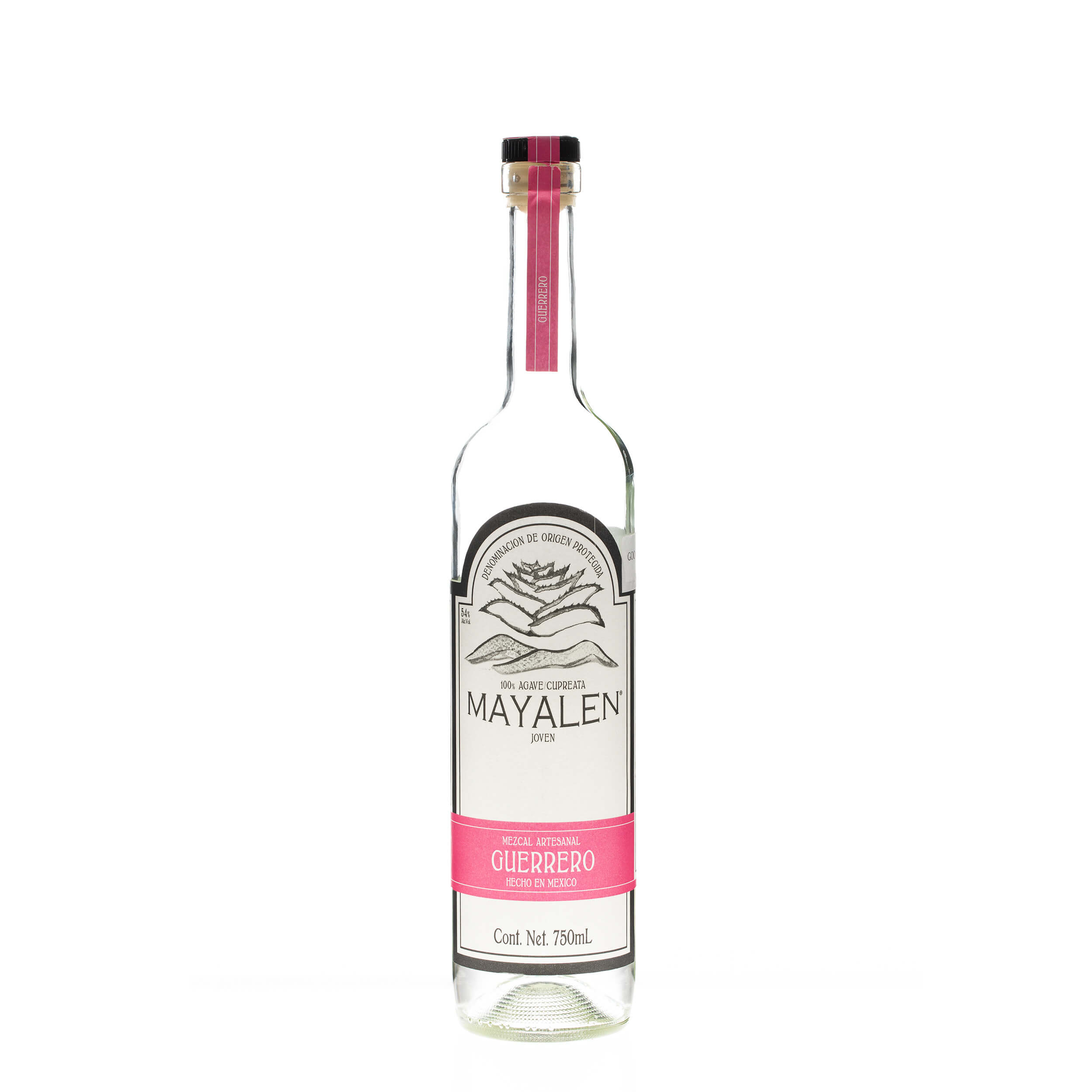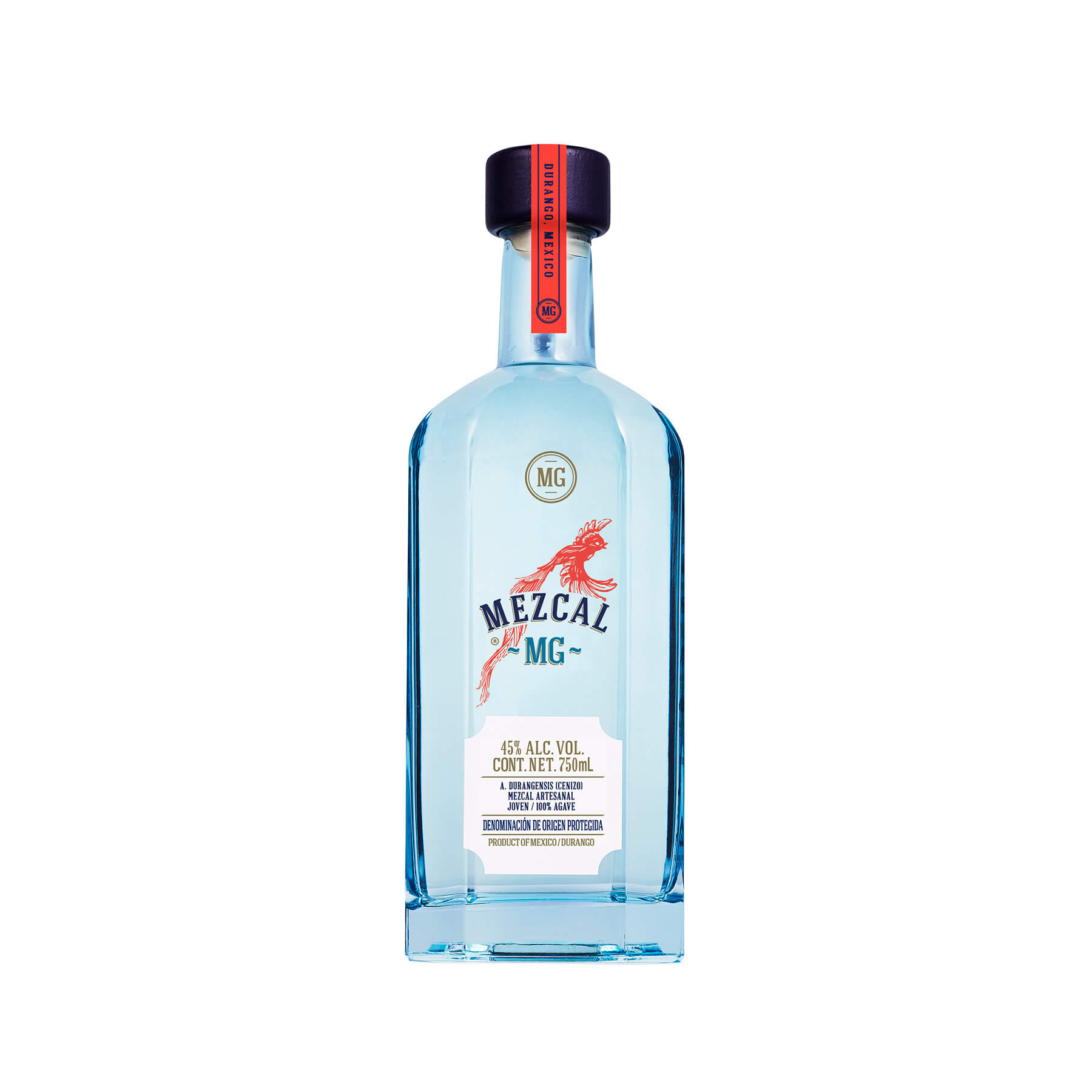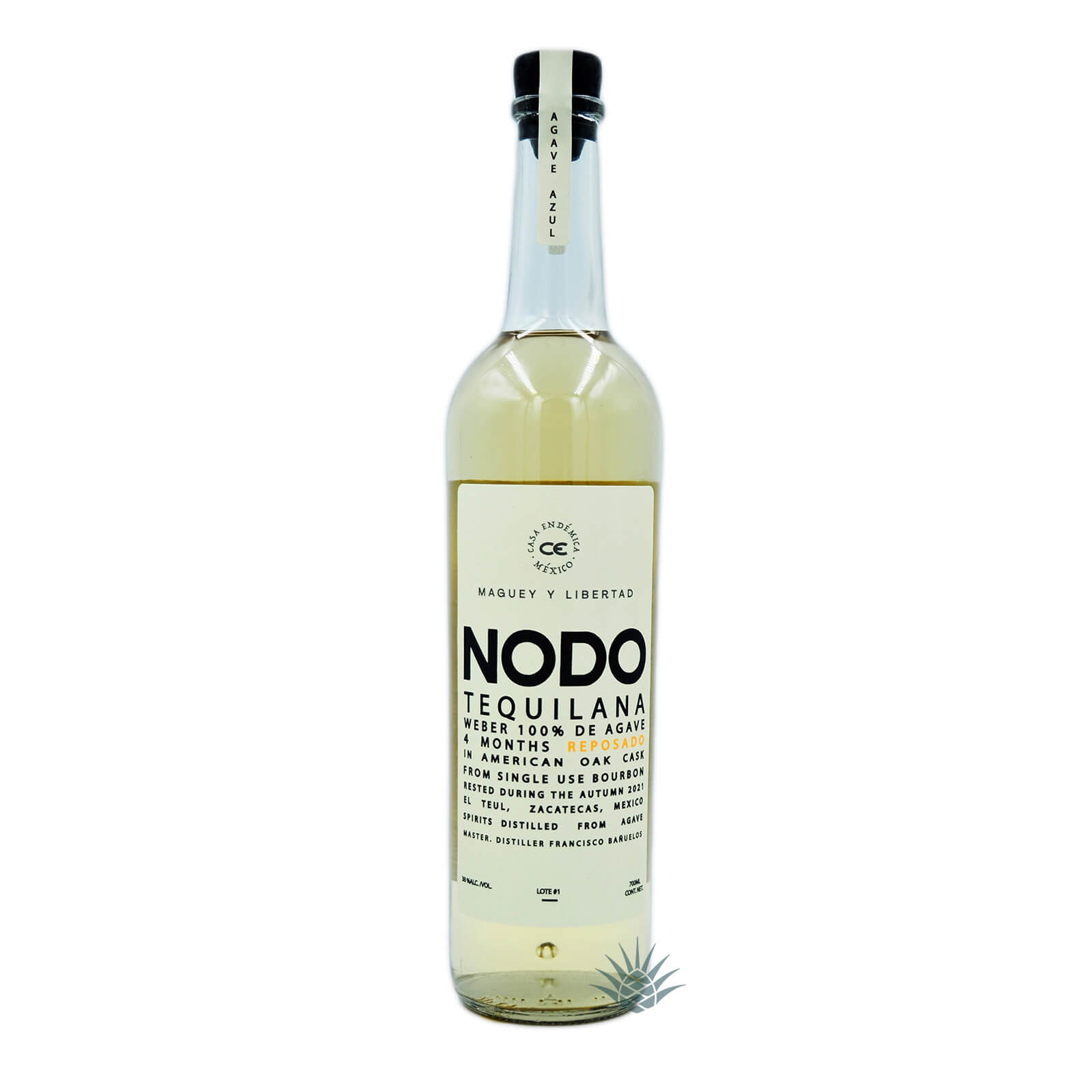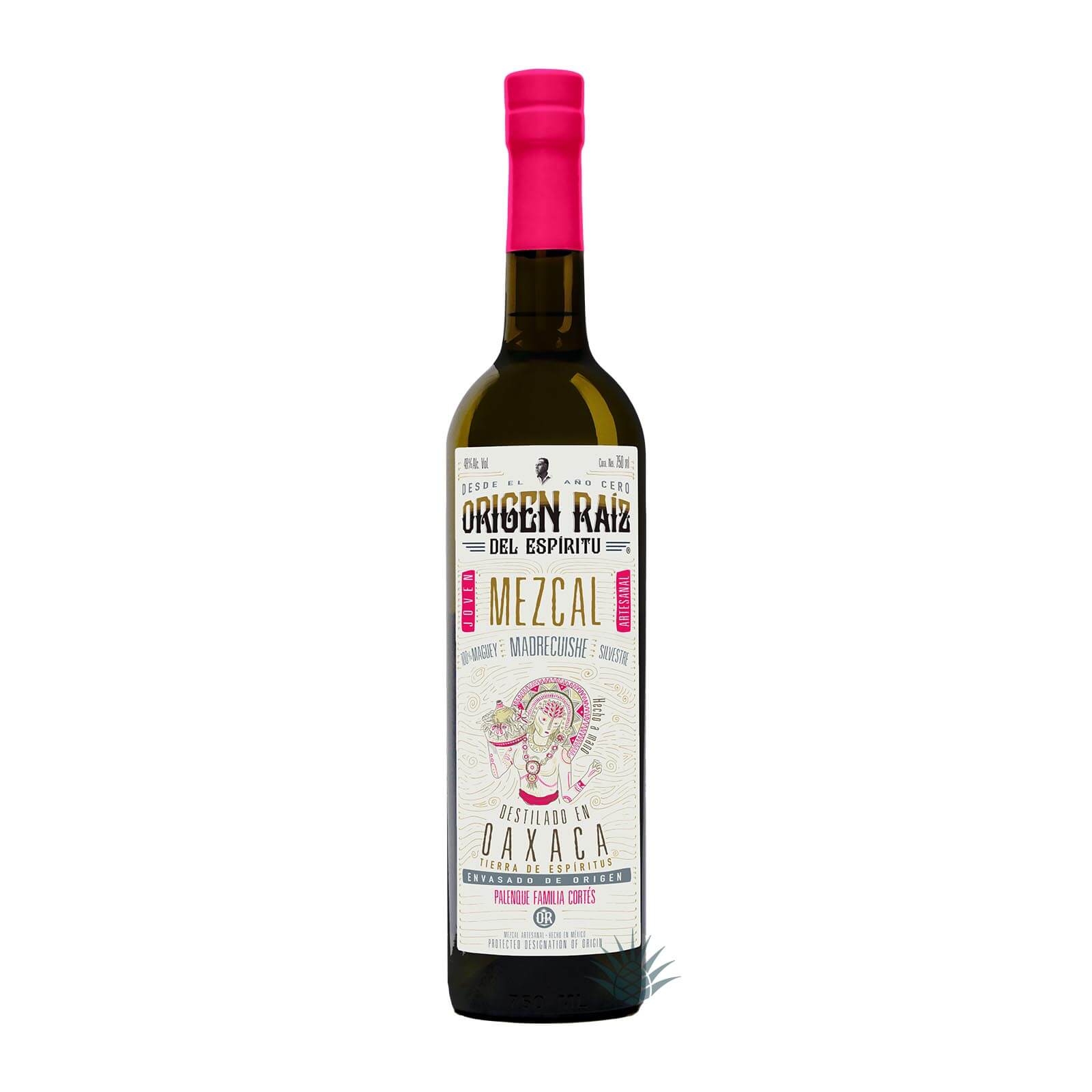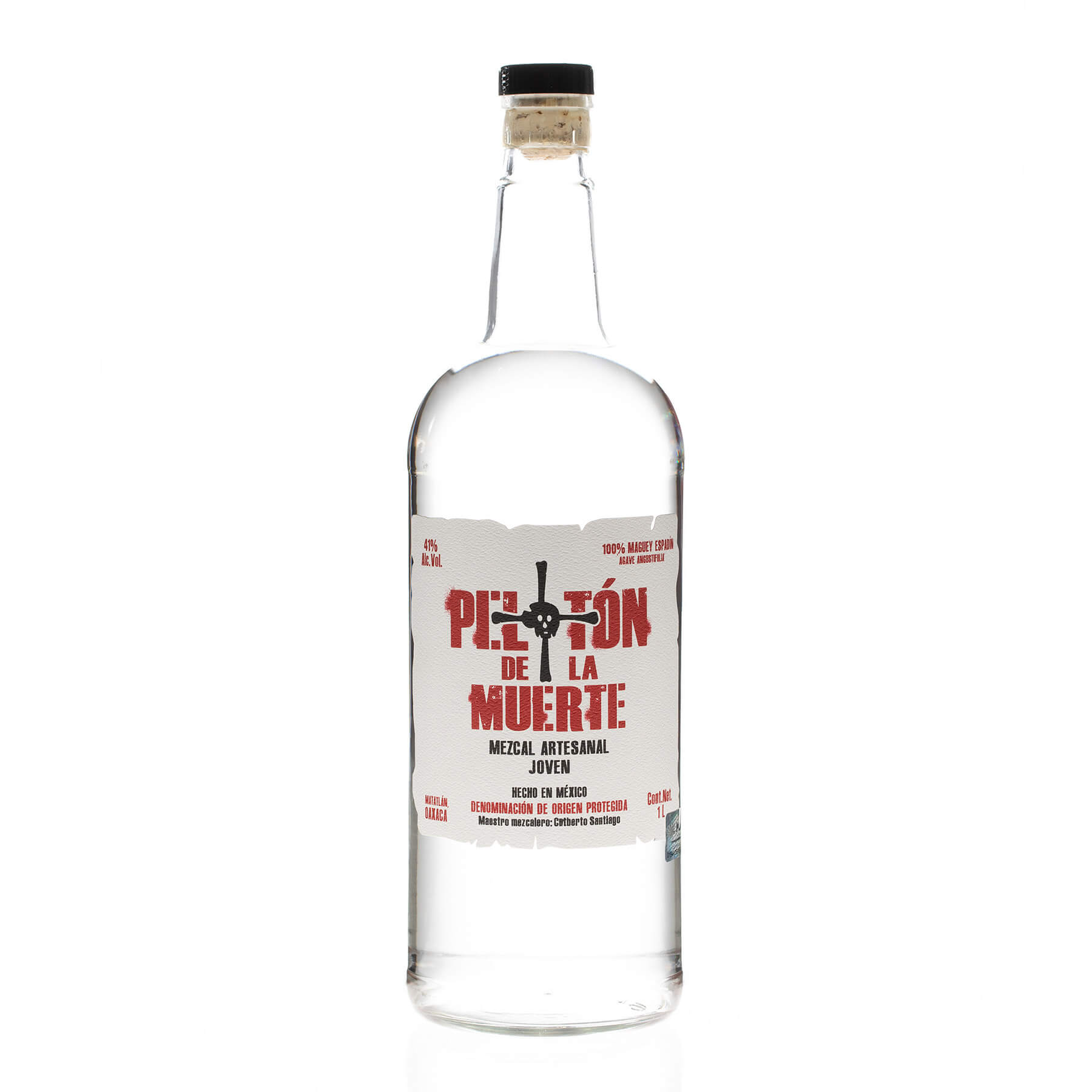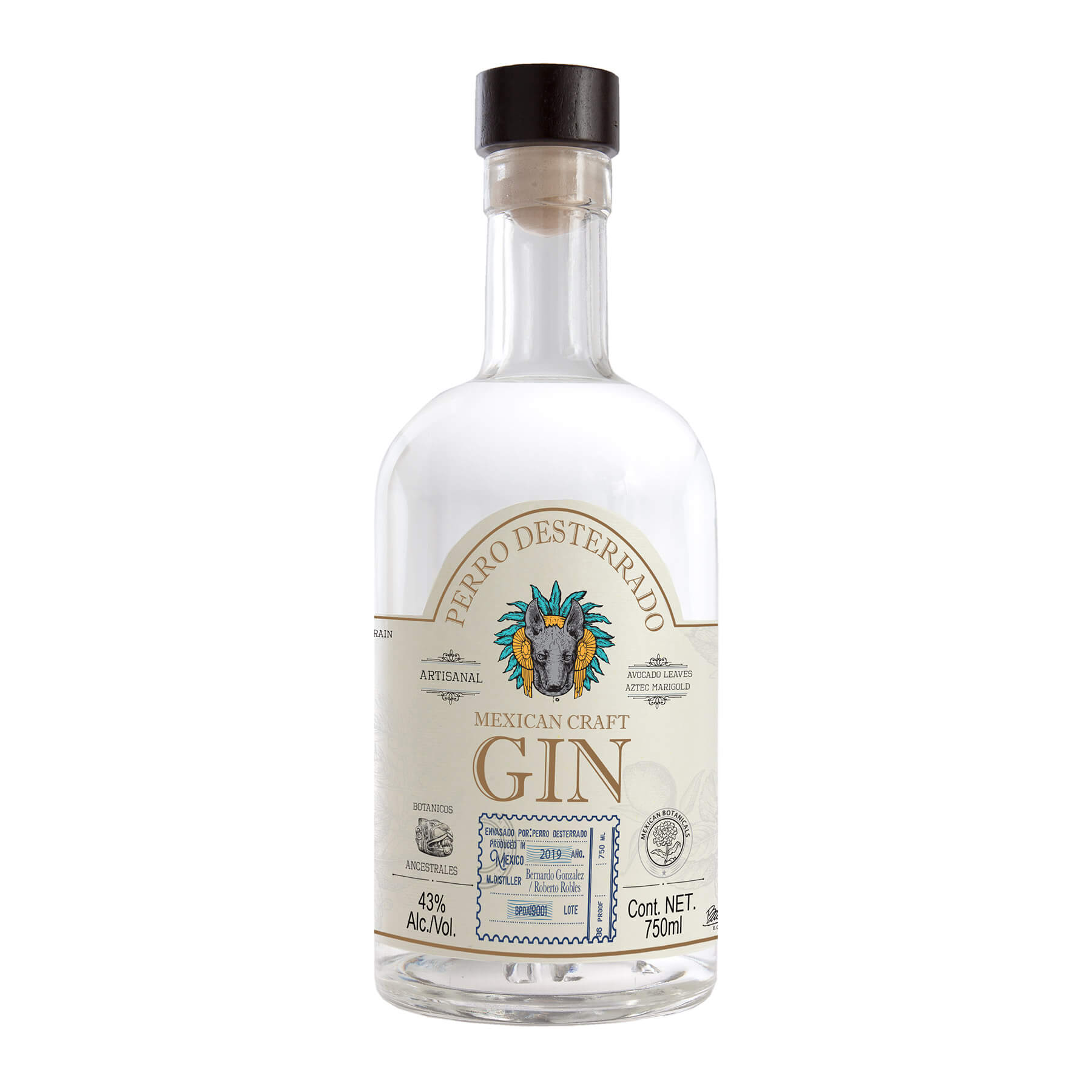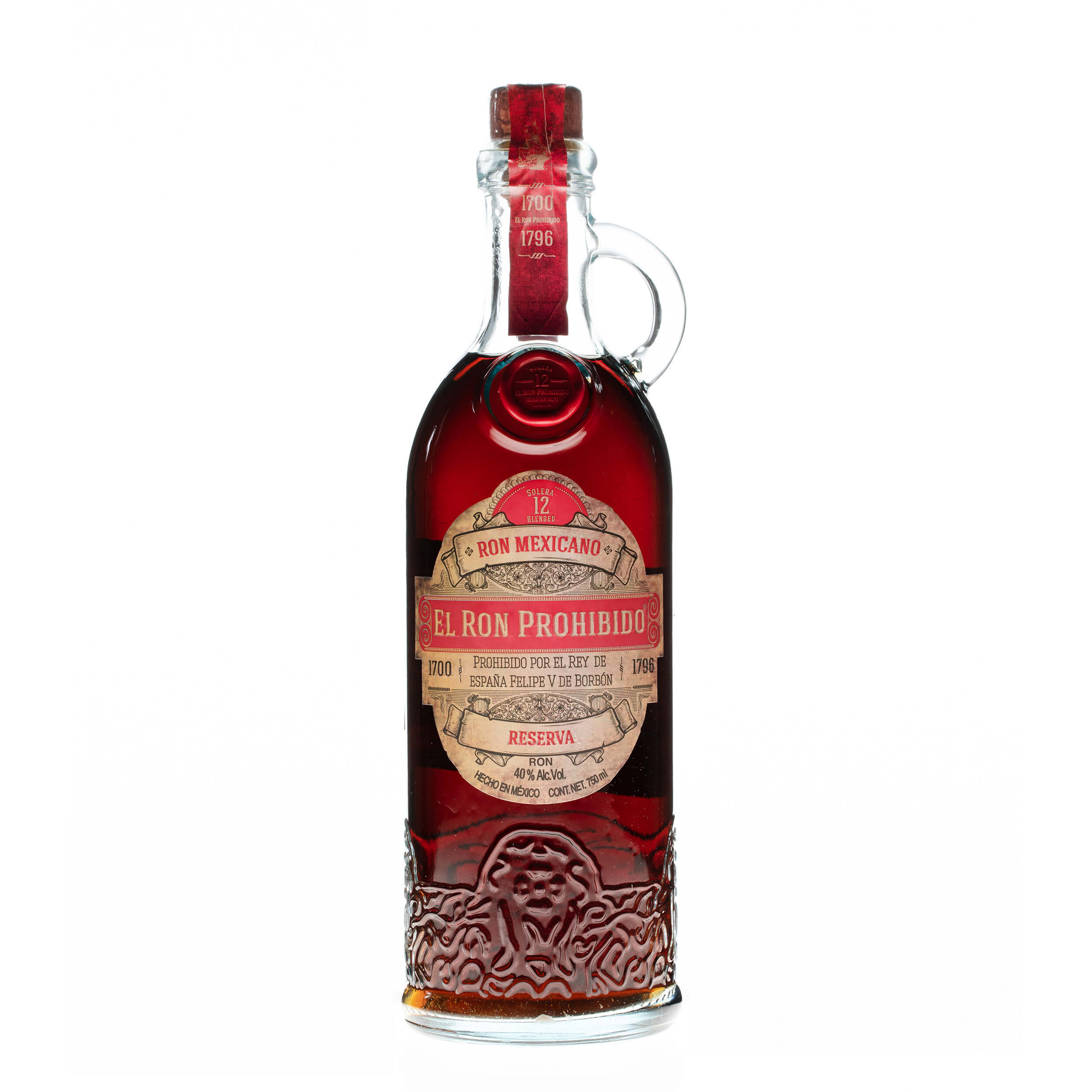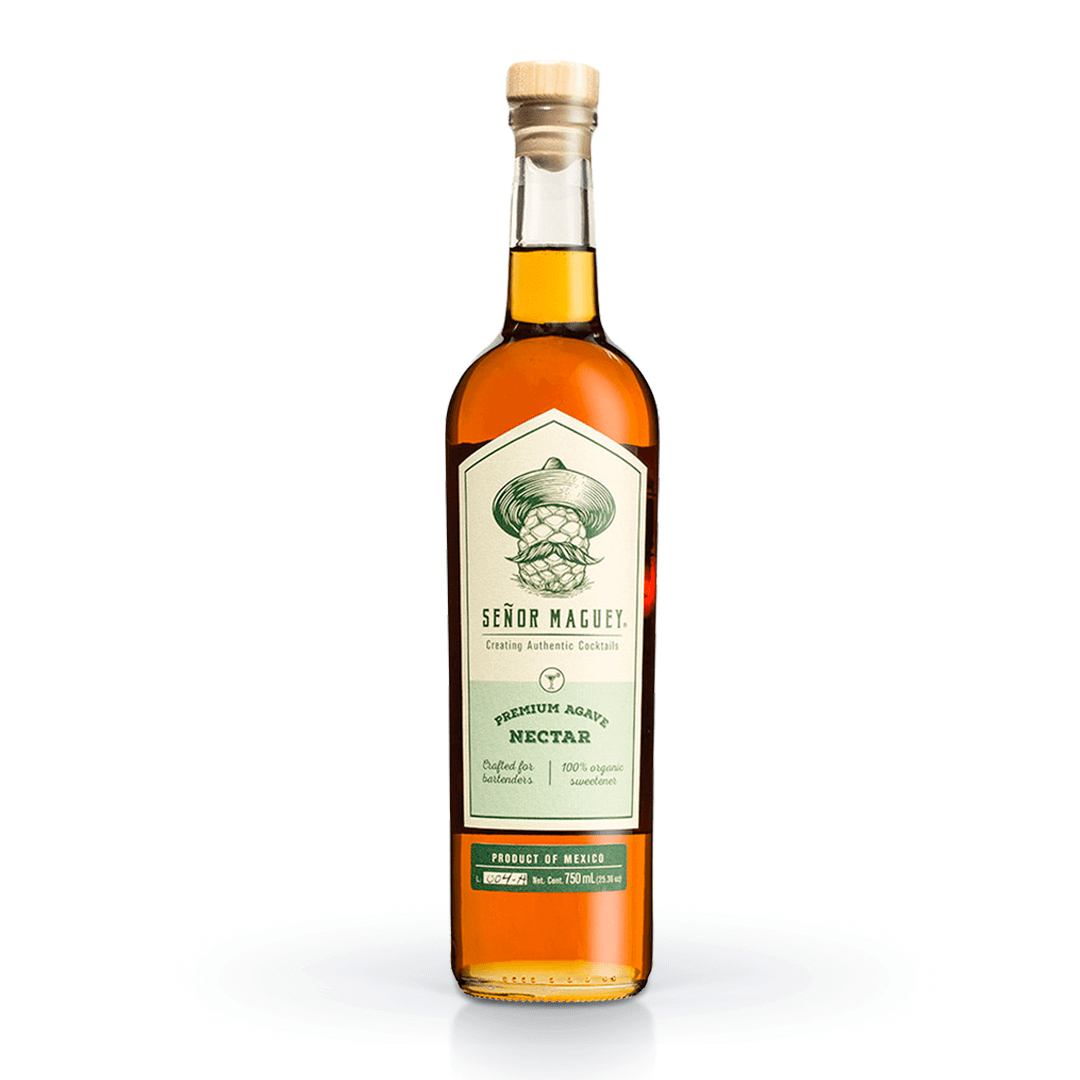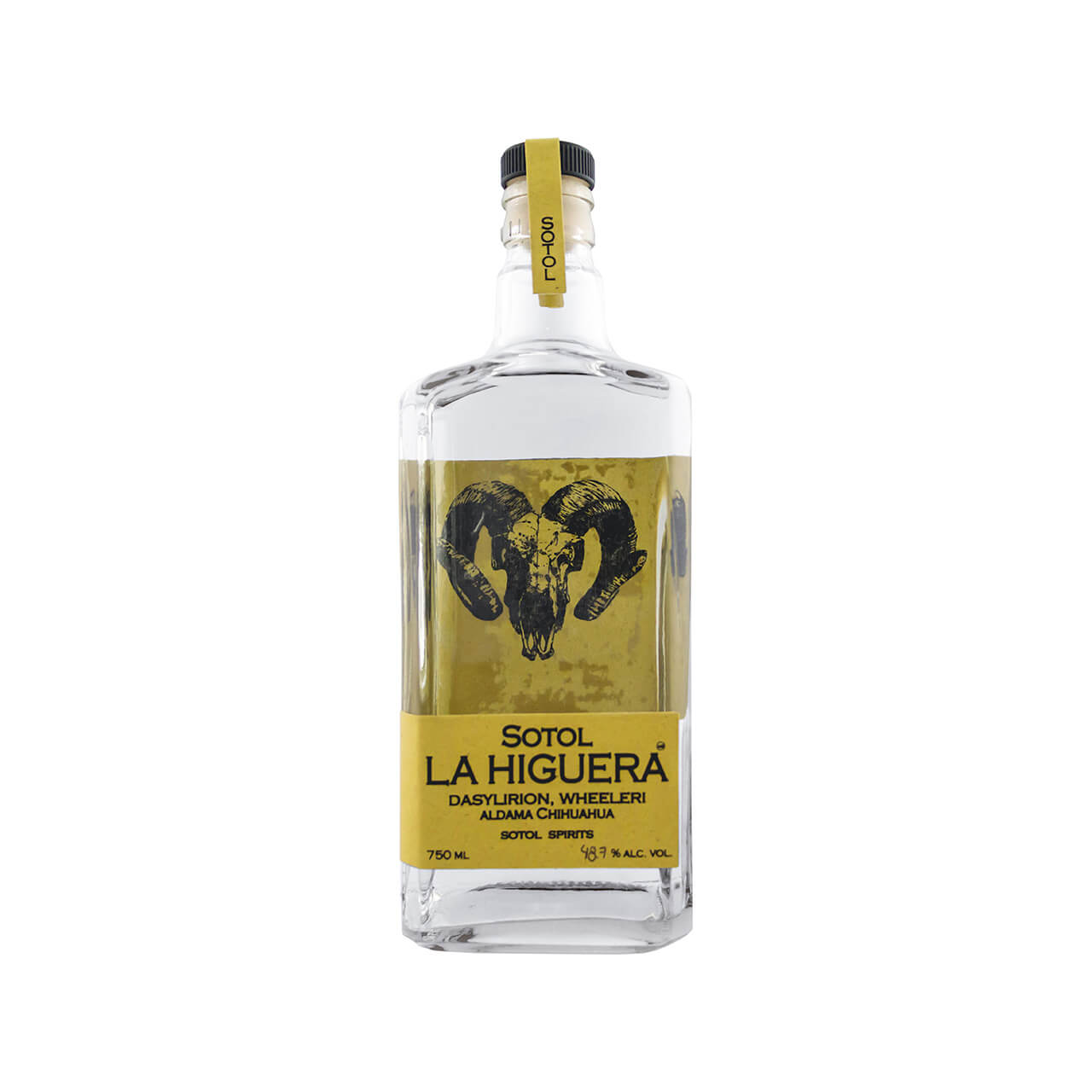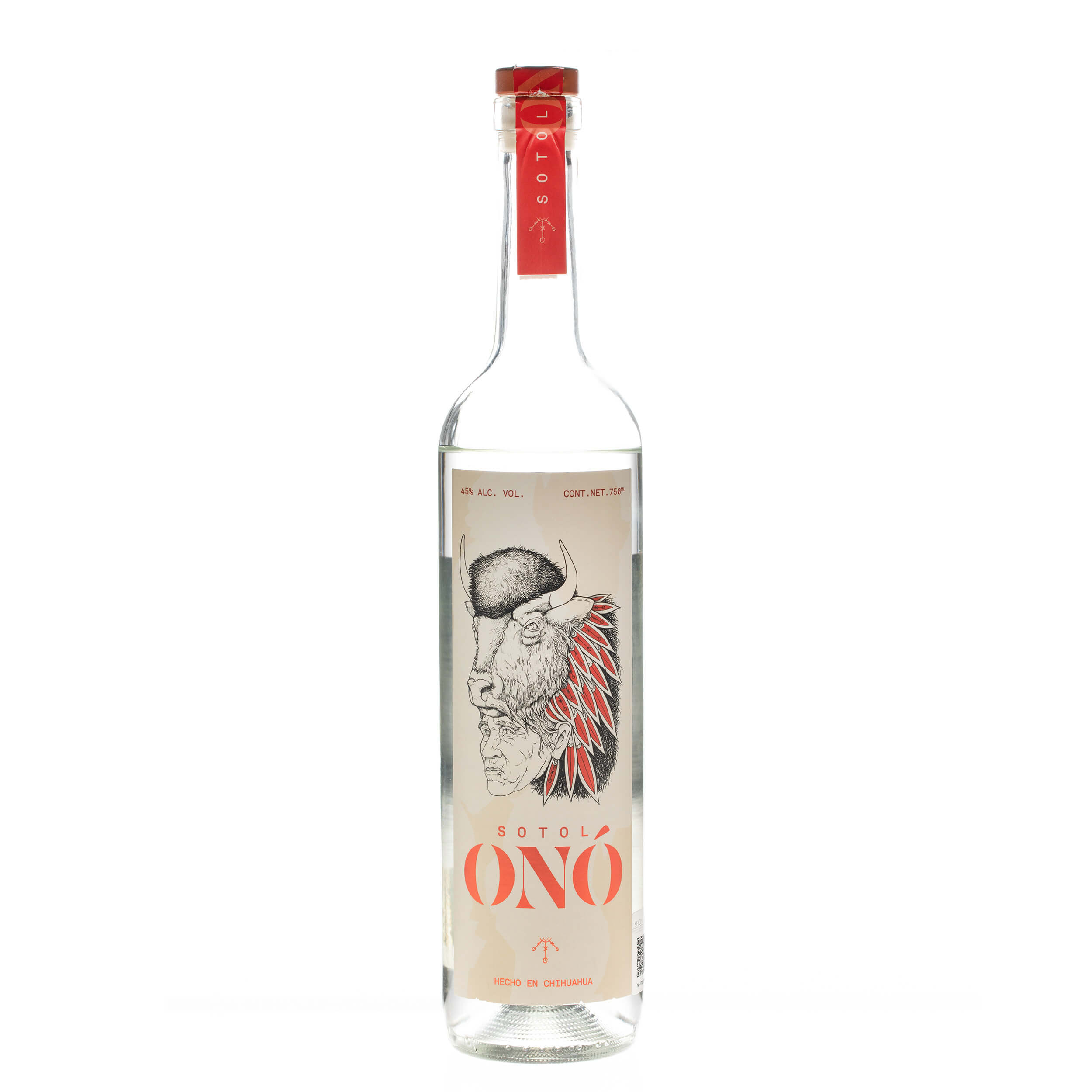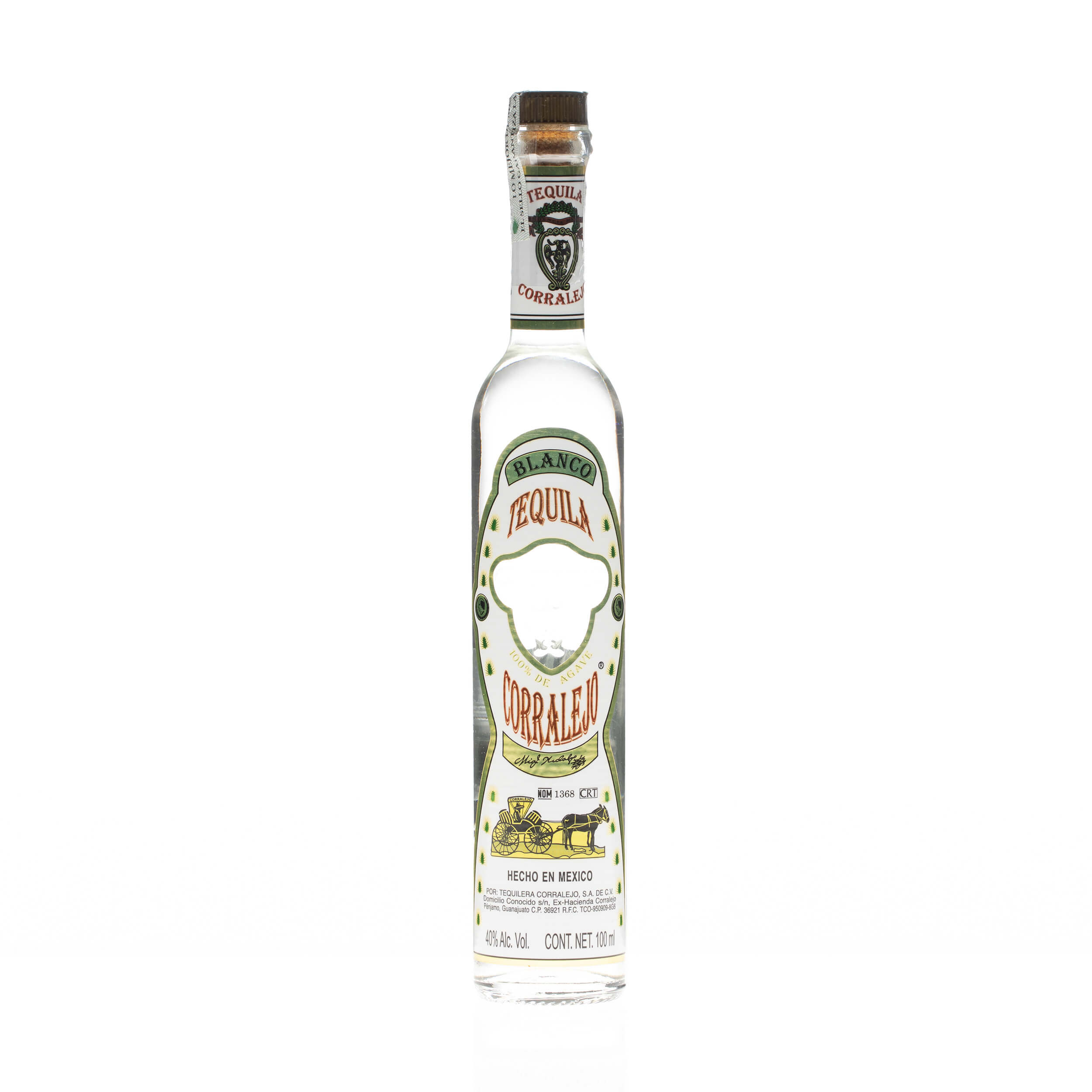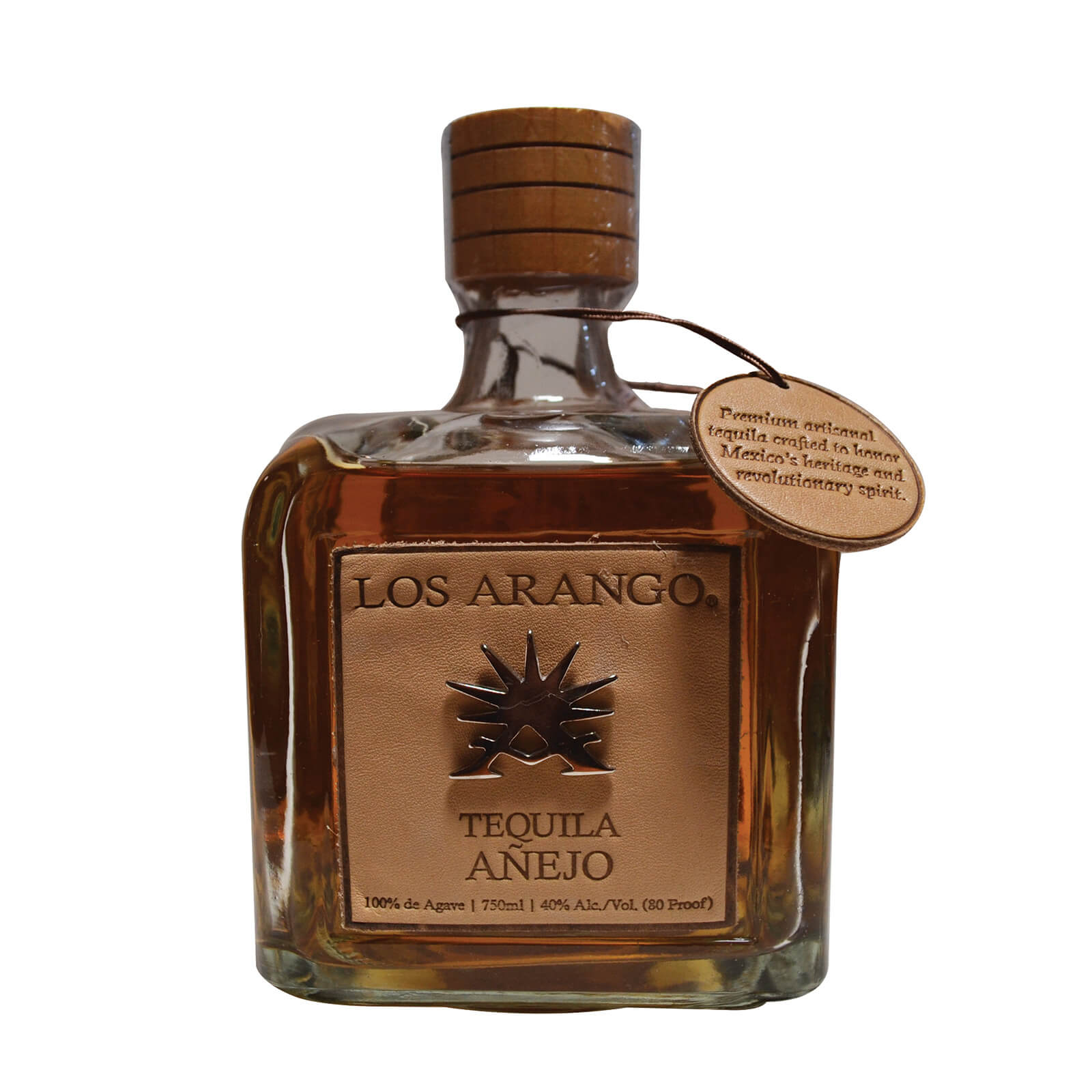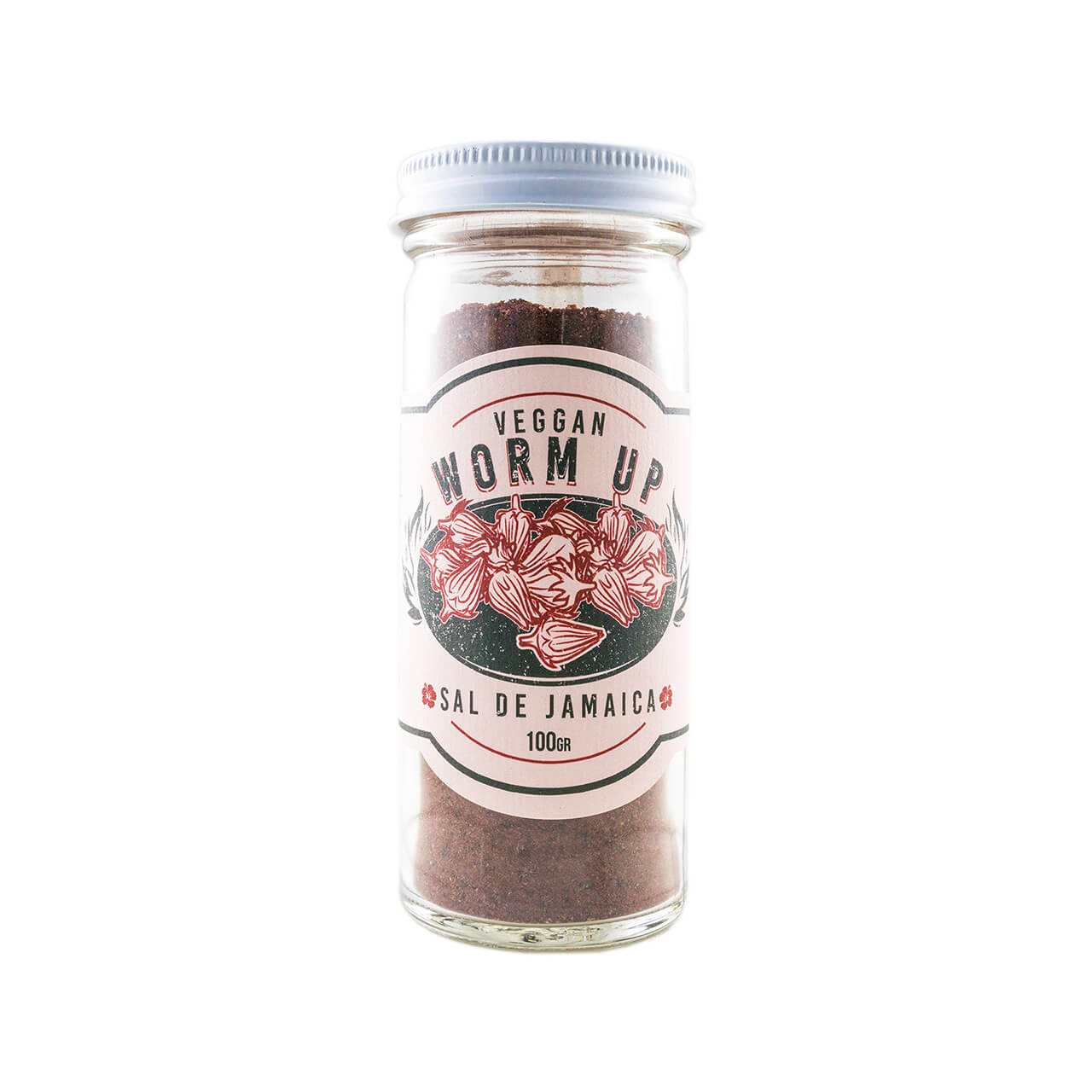The Plant
Plants in the Agave genus belong to the Agavaceae family. Agaves are perennial plants, but their individual rosettes flower and then die. The rosettes are comprised of thick, fleshy leaves that, in most species, end with sharp terminal spikes. The monocarpic rosette produces one slow-growing stalk, known as a Quijote in Mexico.
The stalk can reach over 9 metres in height at sexual maturity. The bloom shoots tubular flowers in white, cream or yellow and produces generous amounts of fragrant nectar that attracts bats, bees, birds and many other pollinators.
Agave requires very little water and thrive in harsh climatic regions of high altitude via a network of shallow roots engineered to effectively capture water in the form of rainfall, dew and condensation.
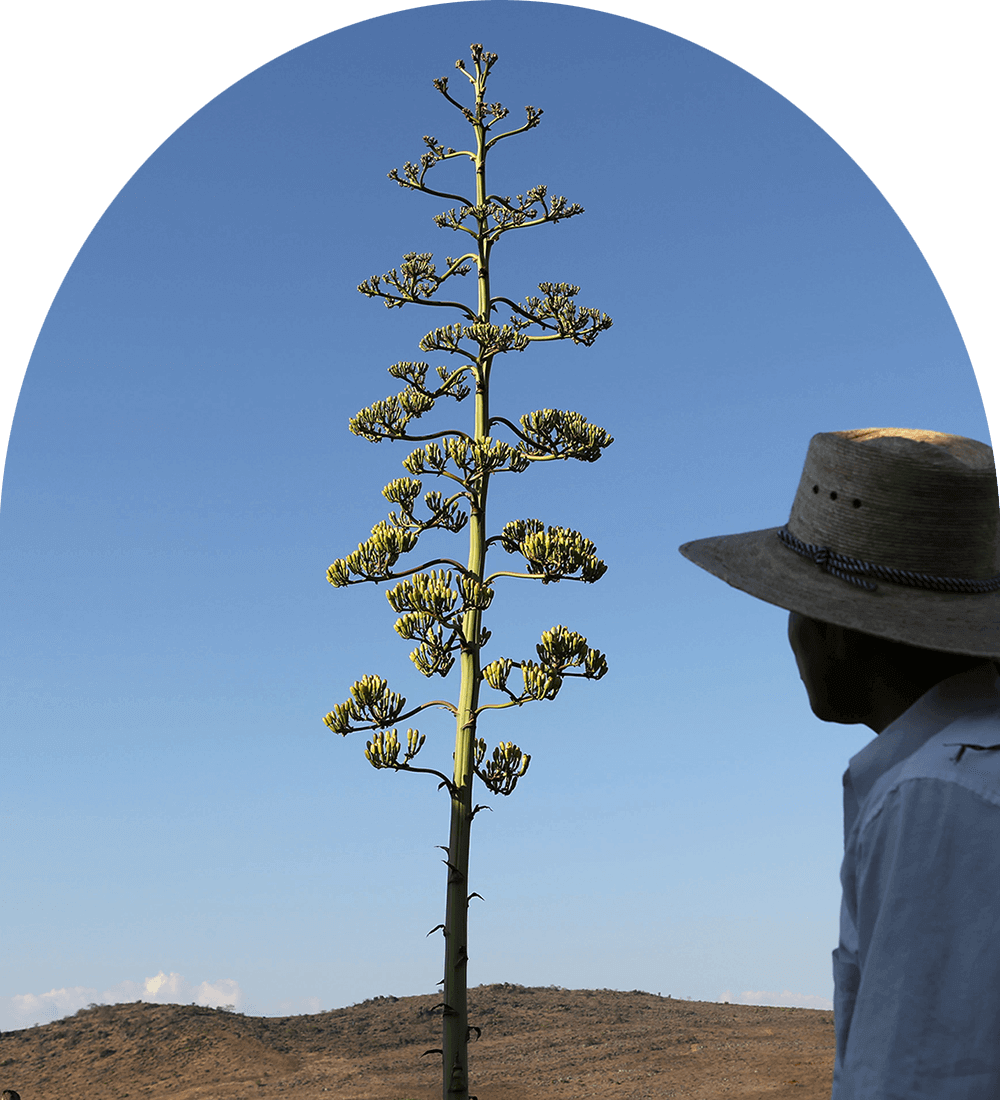
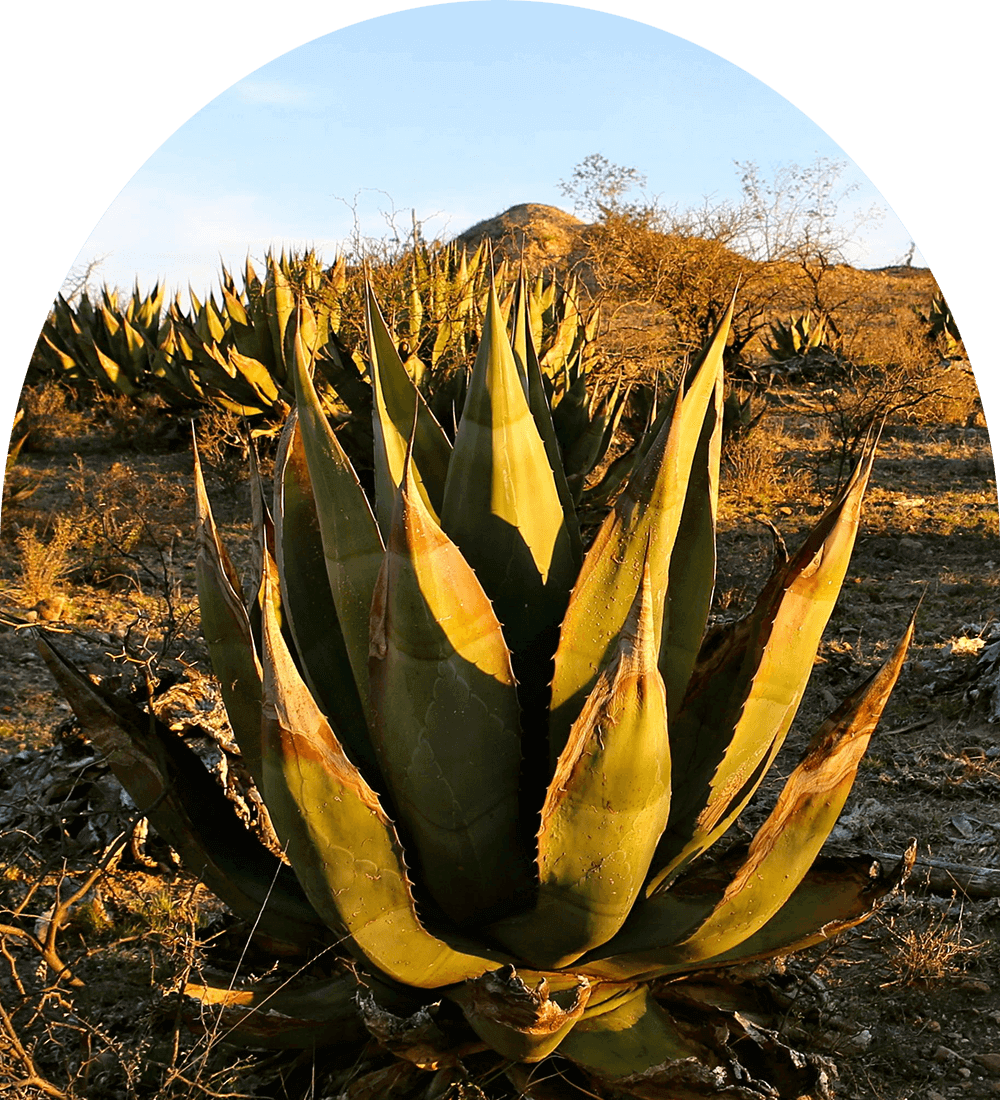
The water is then stored in the fleshy leaves which have a protective coating to prevent evaporation and ensures the plants continued existence. The spikes at the end of the leaves discourage animals from eating the plant to obtain the water. The spikes on the leaves are so strong they can be used as sewing needles.
Agaves can be cultivated from seed but also from the ‘pups’ they produce. “Pups” are miniature plants that grow on runners, like vines used to grow wine. They will grow anywhere in warm climate, loving the high altitude and harsh conditions.
Soil type is no issue for agave, steep mountain sides, in chalky, sandy, shale, clay or iron rich soils all play a part in producing the flavours unique to each terroir and region.
The greater the challenging growing conditions the agave experiences during its years in the ground, the better, the stronger and more complex the flavours produced by the agave.
Agave Types
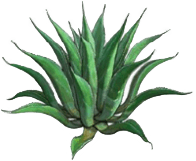
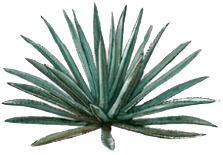

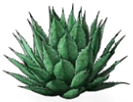

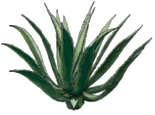
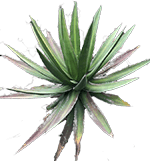
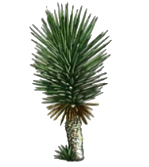


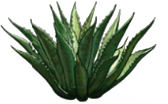
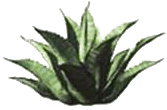
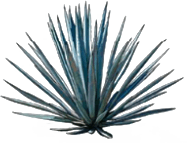

Mezcal vs Tequila
Of all types of Mezcal’s produced by early distillers in Mexico, only one bore the name of its hometown – Tequila. Before long Mezcal de Tequila was known as Tequila.
Over time the production of Tequila became much more industrialised, further distancing itself from the traditionally produced small batch Mezcals.
Here are some quick ways to understand the difference between Mezcal and Tequila:
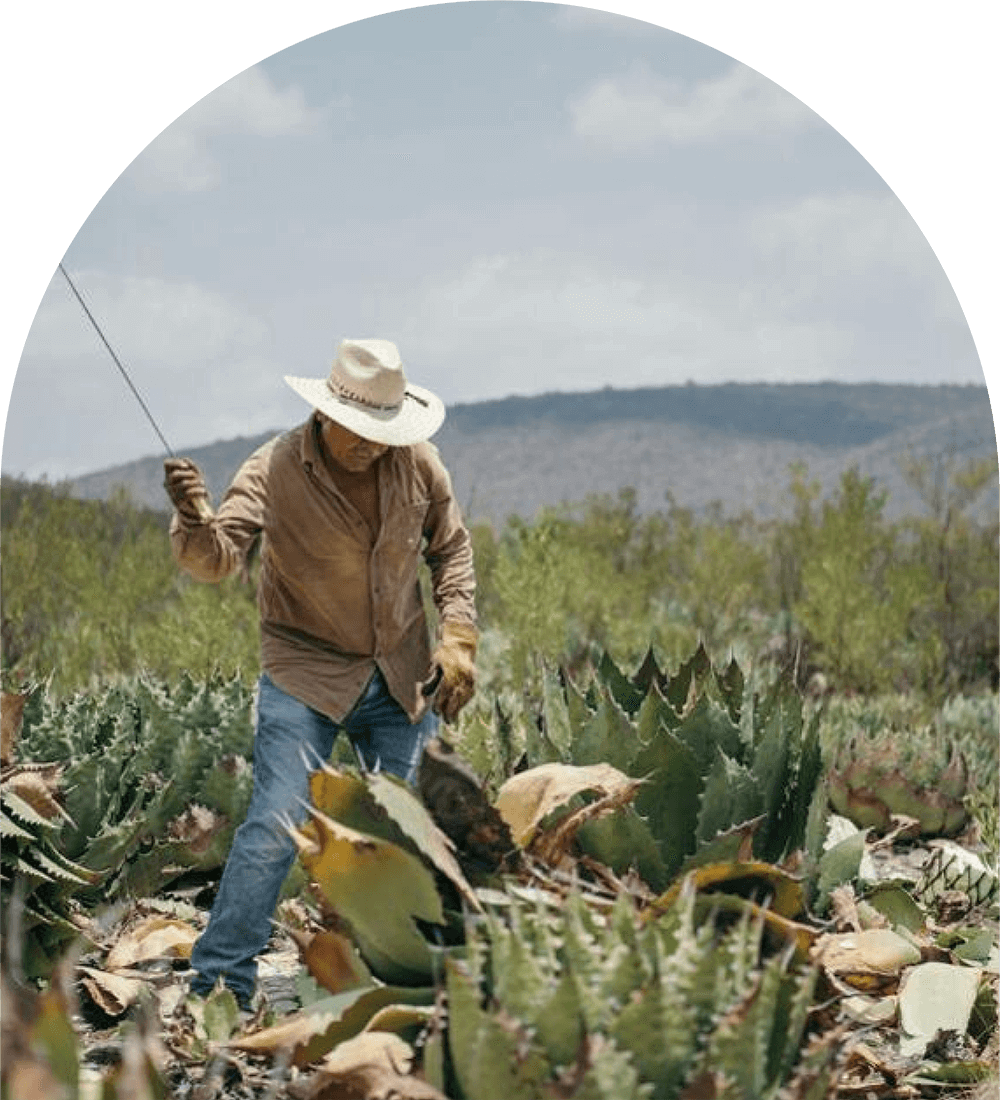
| Tequila | Mezcal | |
| Denomination of Origin | 5 states Jalisco, Michoacan, Guanajuato, Nayarit, Tamaulipas |
9 States Oaxaca, Guerrero, Zacatecas, Guanajuato, Tamaulipas, San Luis Potosi, Durango, Michoacaan, Puebla |
| Agave Type | Blue Weber Only (Agave Tequilana) | Over 200 Species of Agave found in Mexico |
| Agave Cores | Roasted in large stone ovens or autoclaves | Cores are slow roasted in rock lined pits in the ground |
| Yeast | Commercial wine yeast for controlled fermentation | Wild or natural yeast strains for fermentation |
| Fibres in Fermentation | Agave fibres are filtered out from the mosto before fermentation | Agave fibres are left in to build deeper complexity during fermentation |
| Production | Most are produced in factories | Most are hand distilled in small family operations |
| Legals | Can be as low as 51% blue weber | Must be 100% agave |
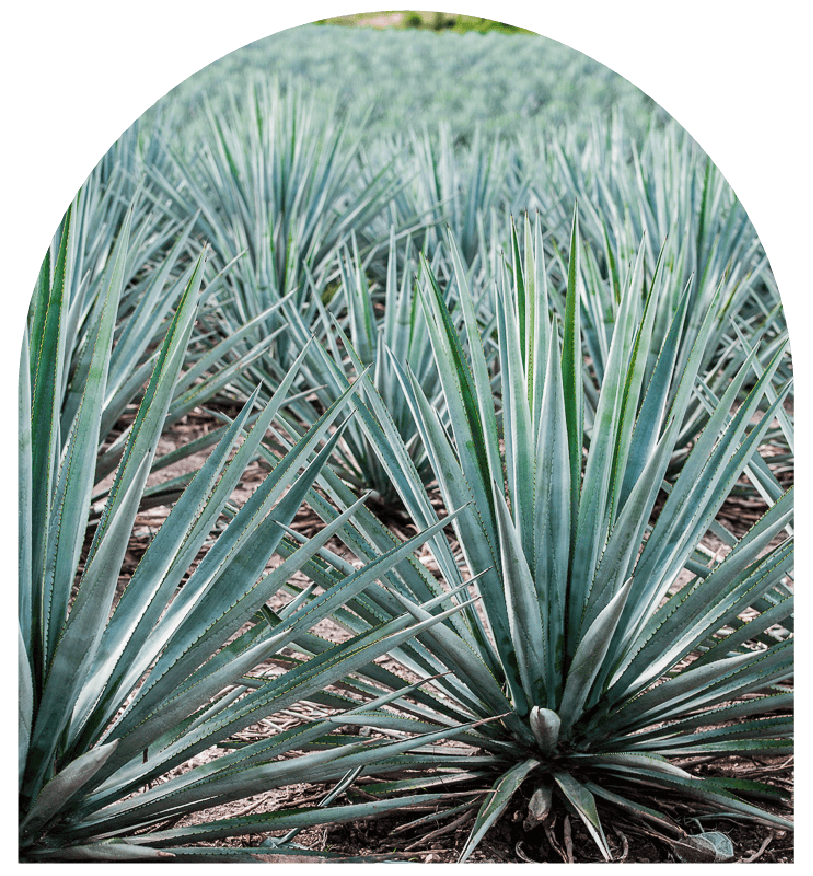
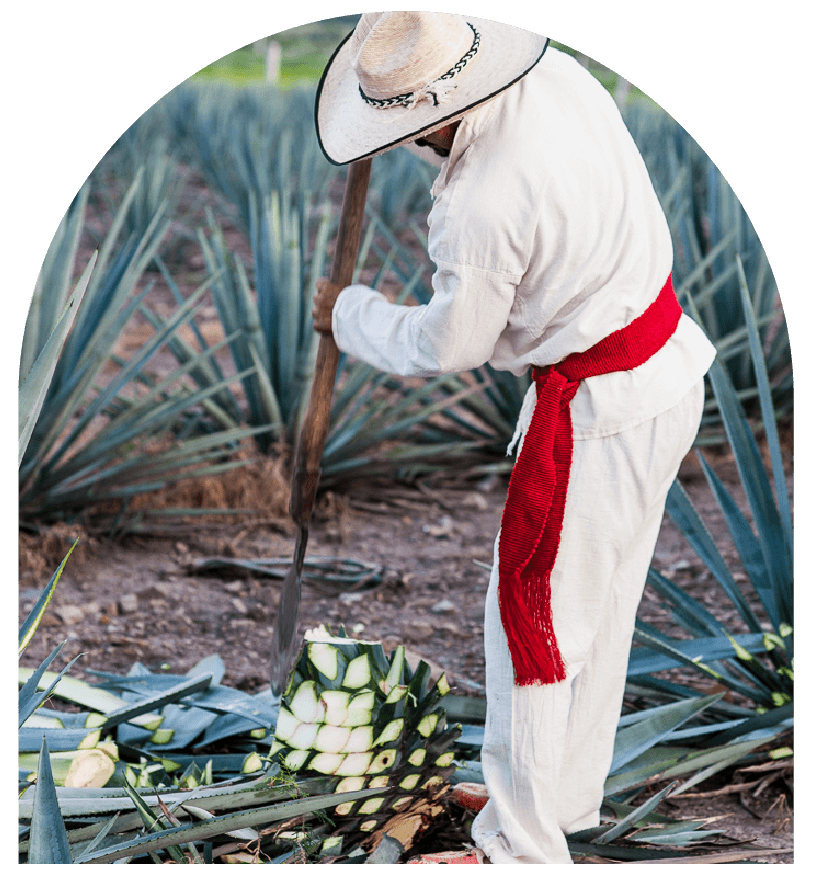
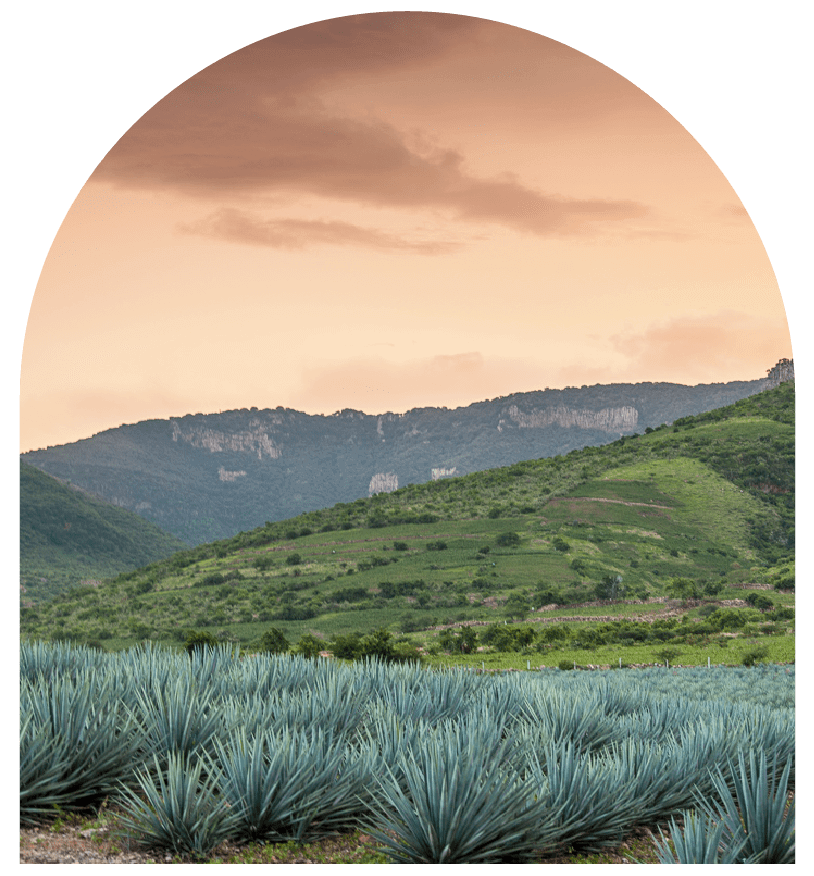
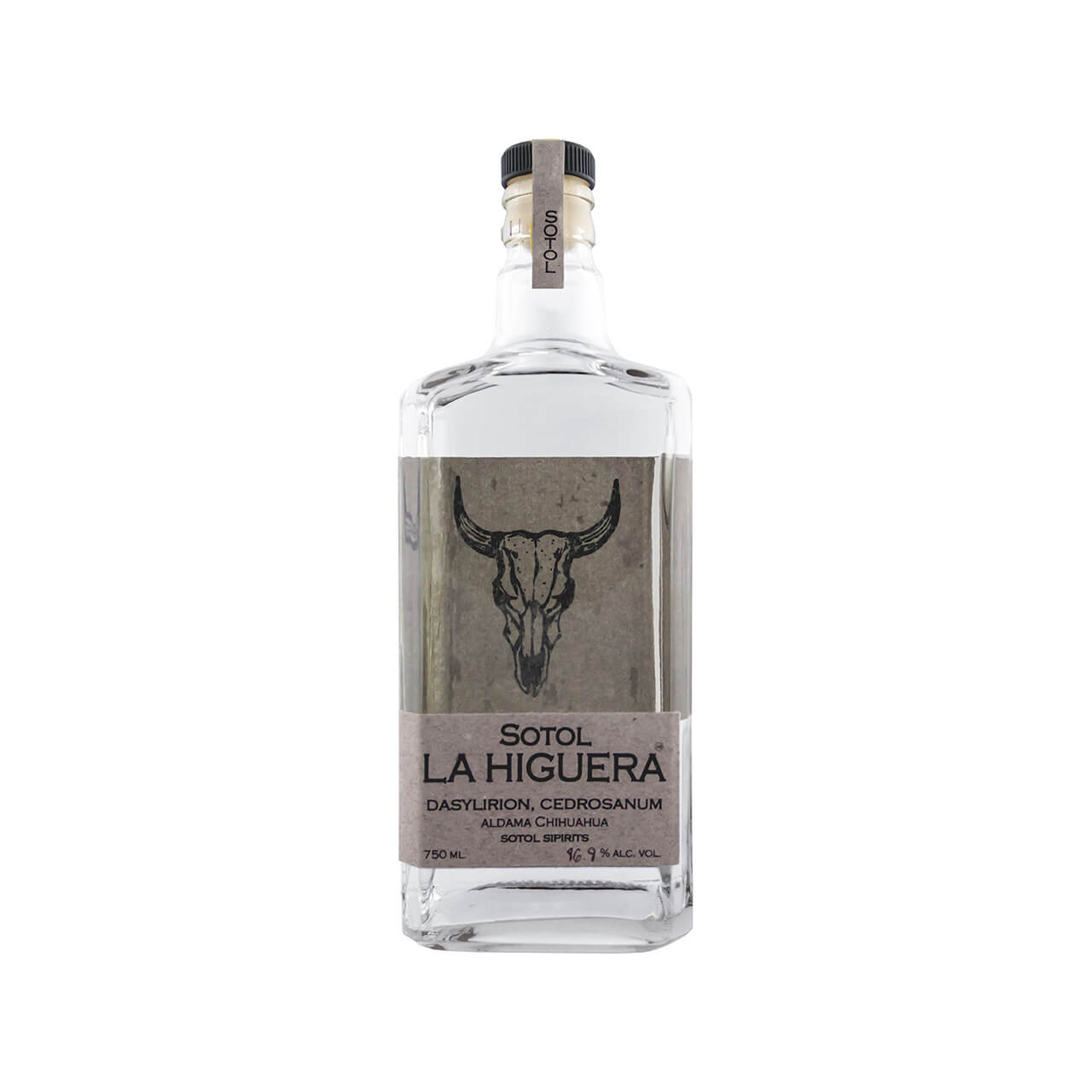
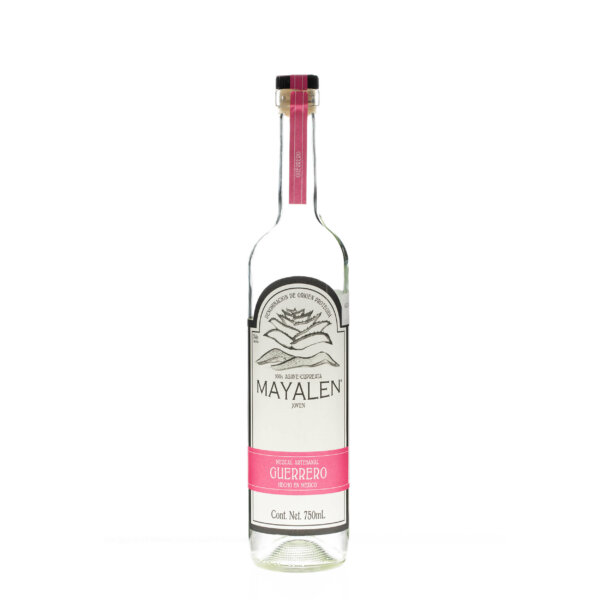
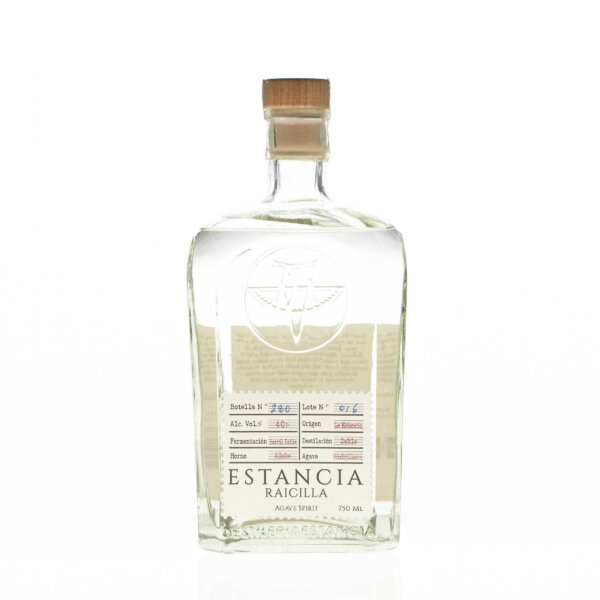
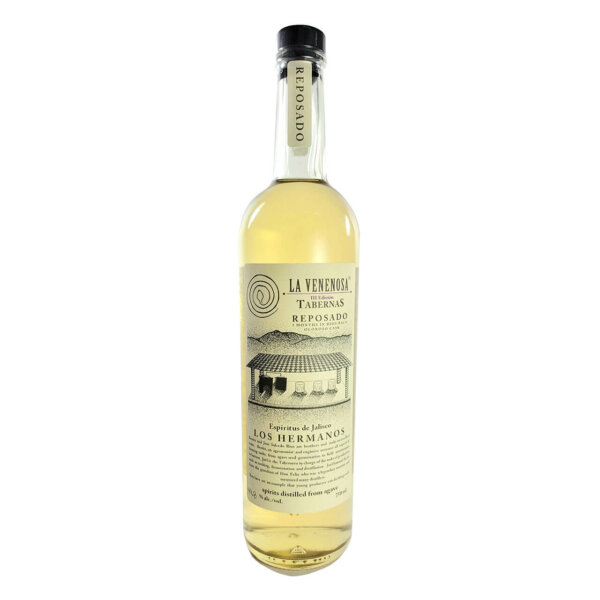
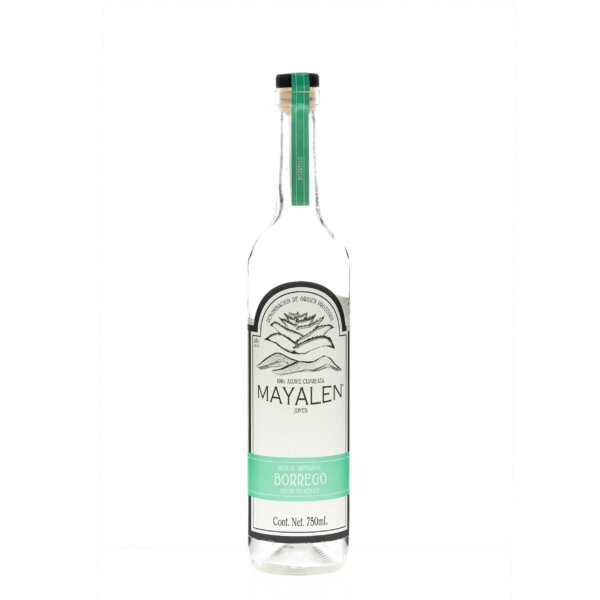
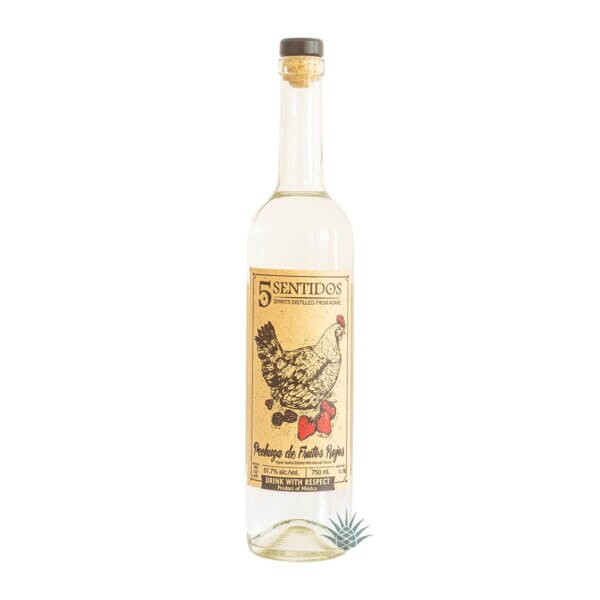
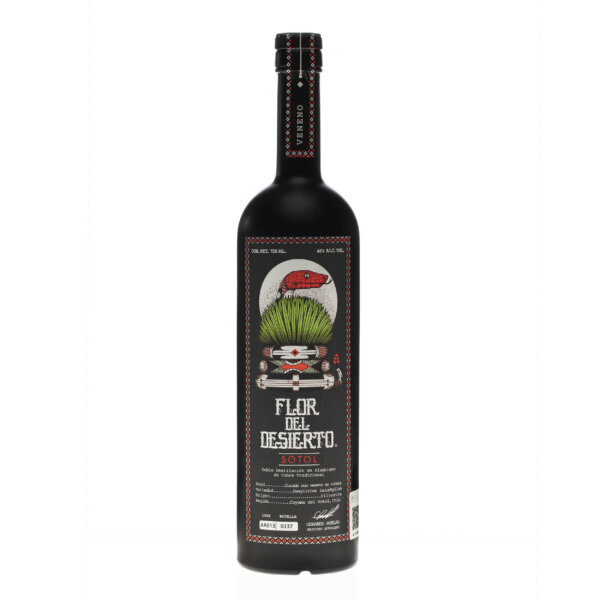
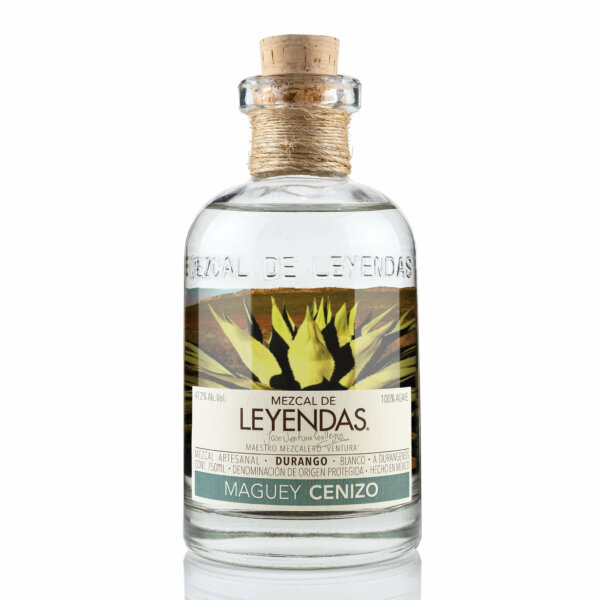
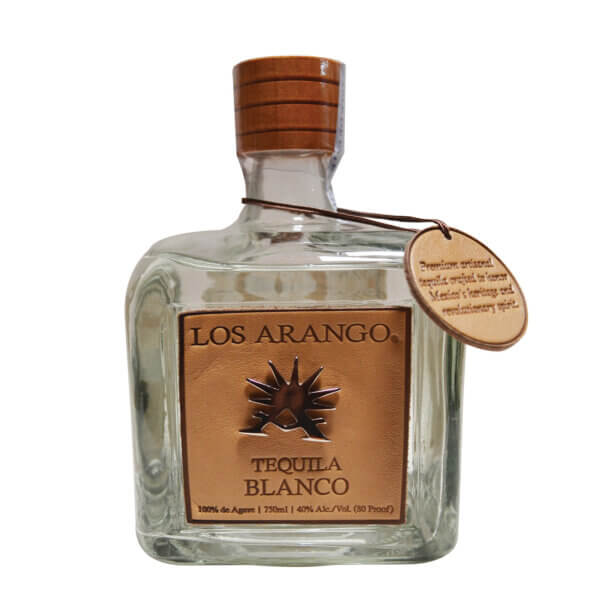



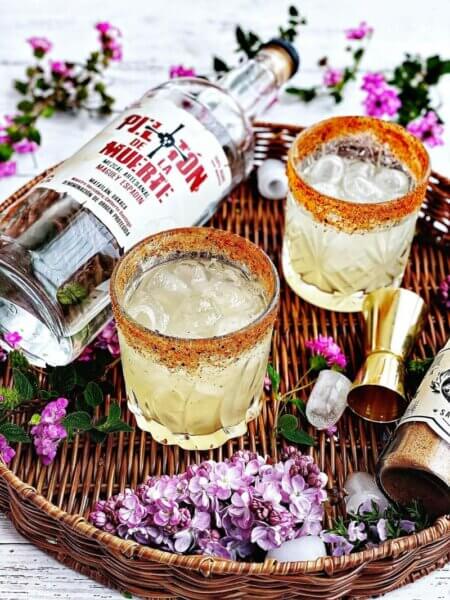
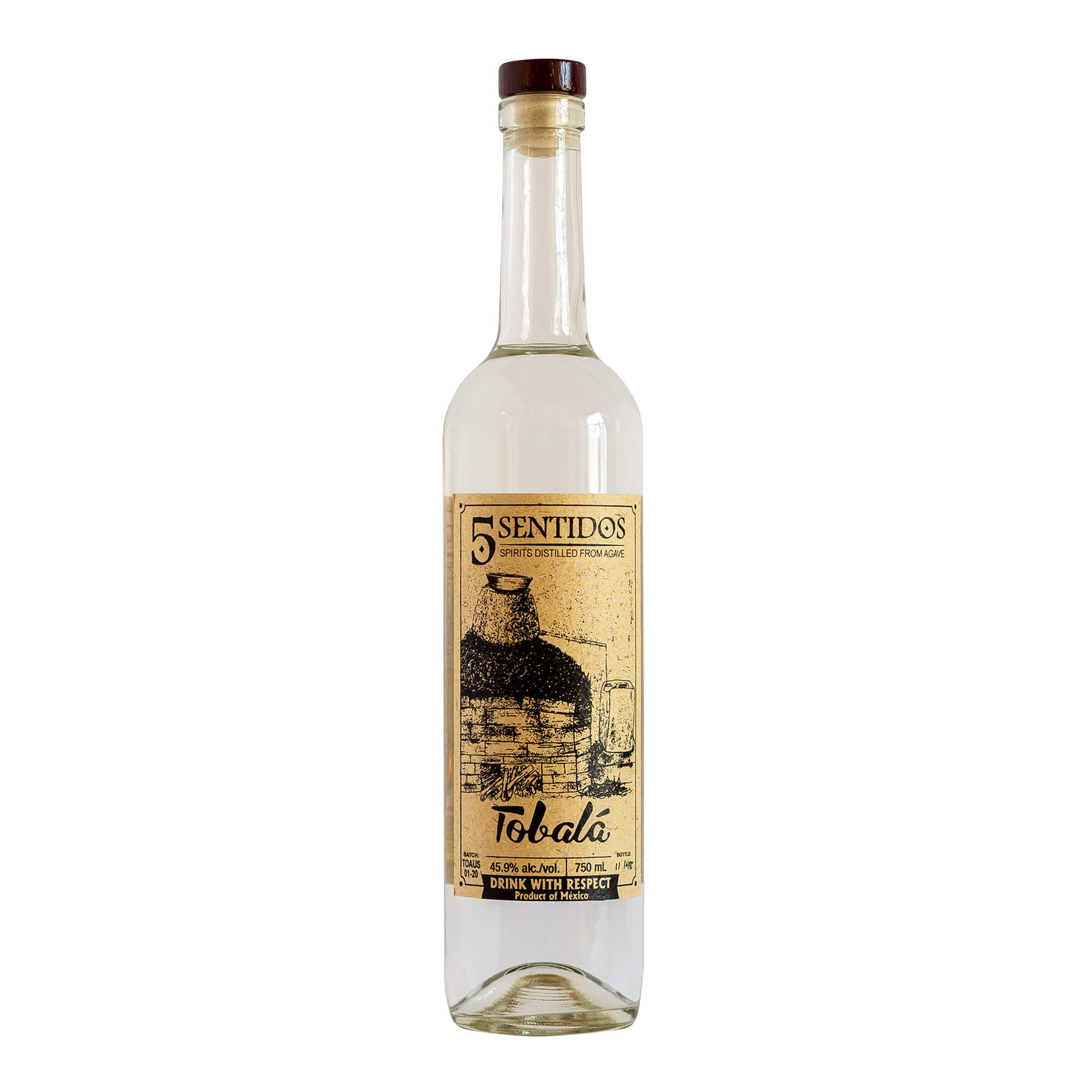
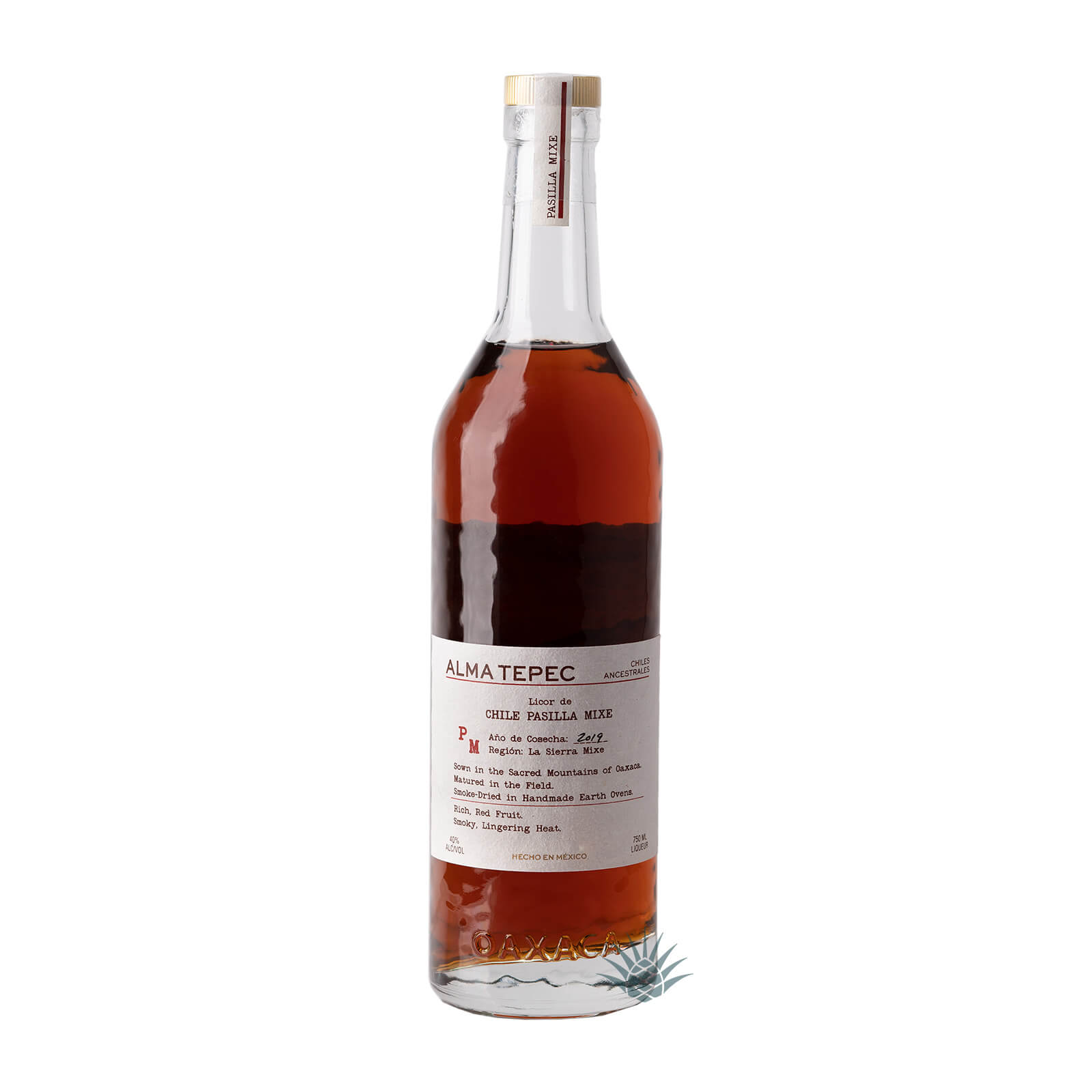
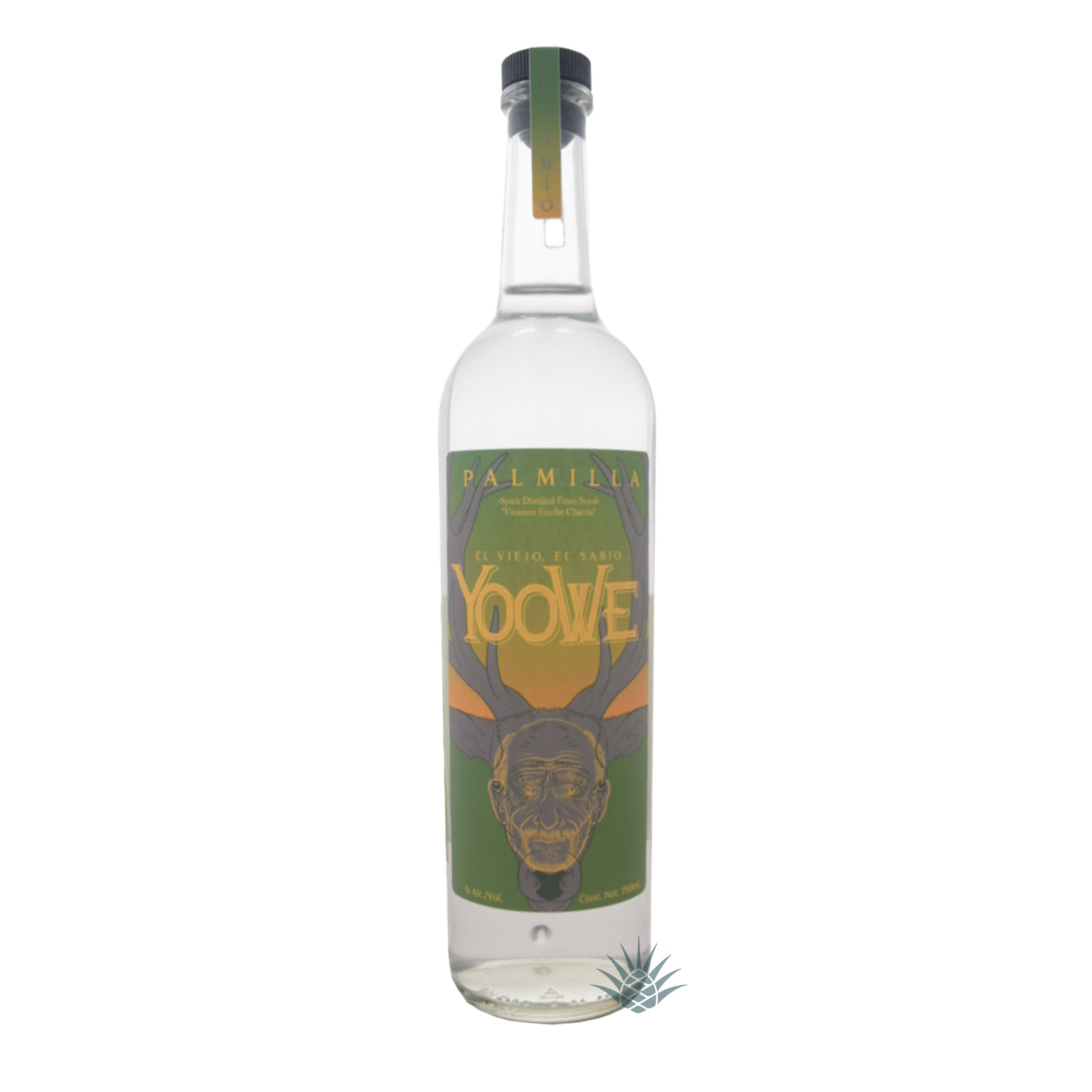
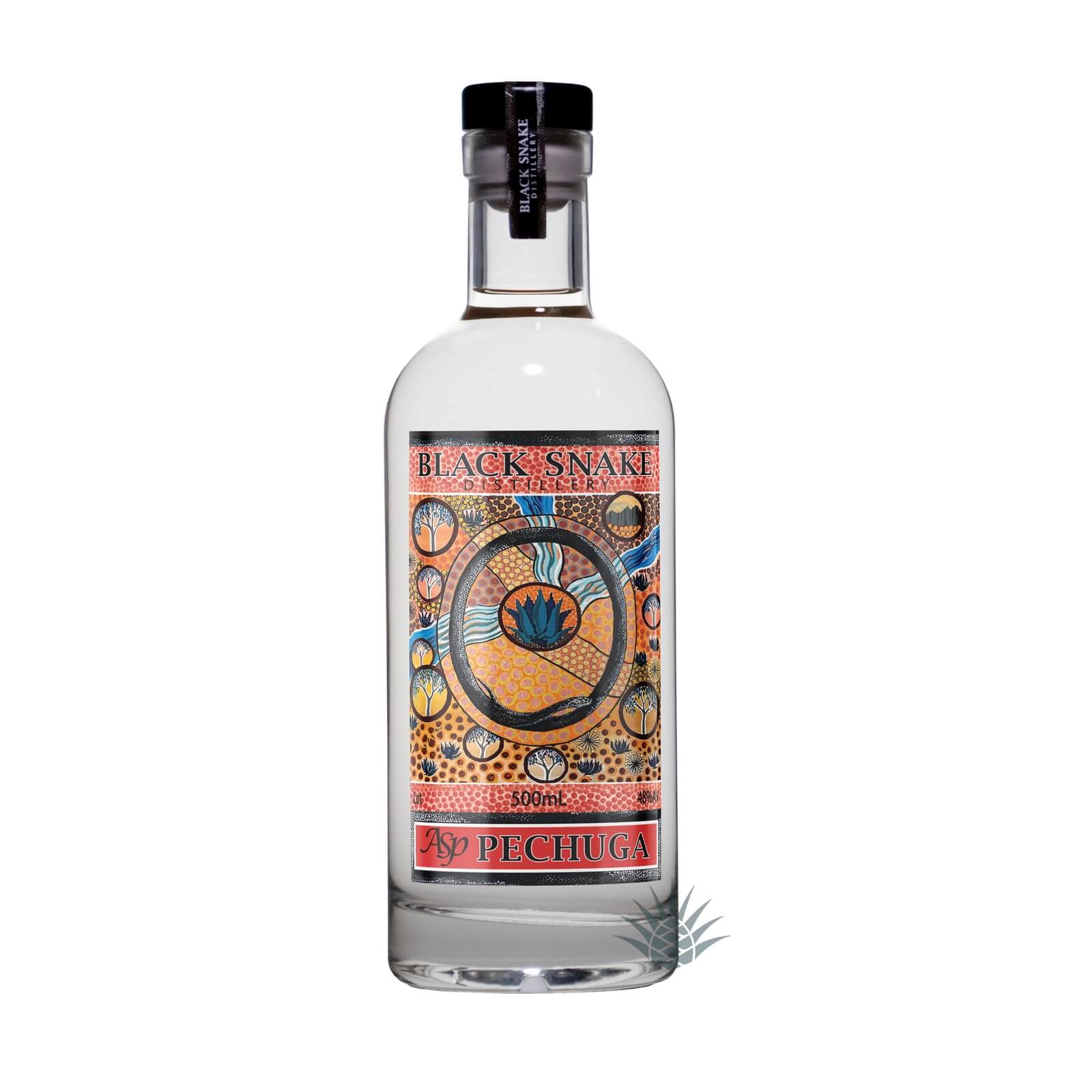
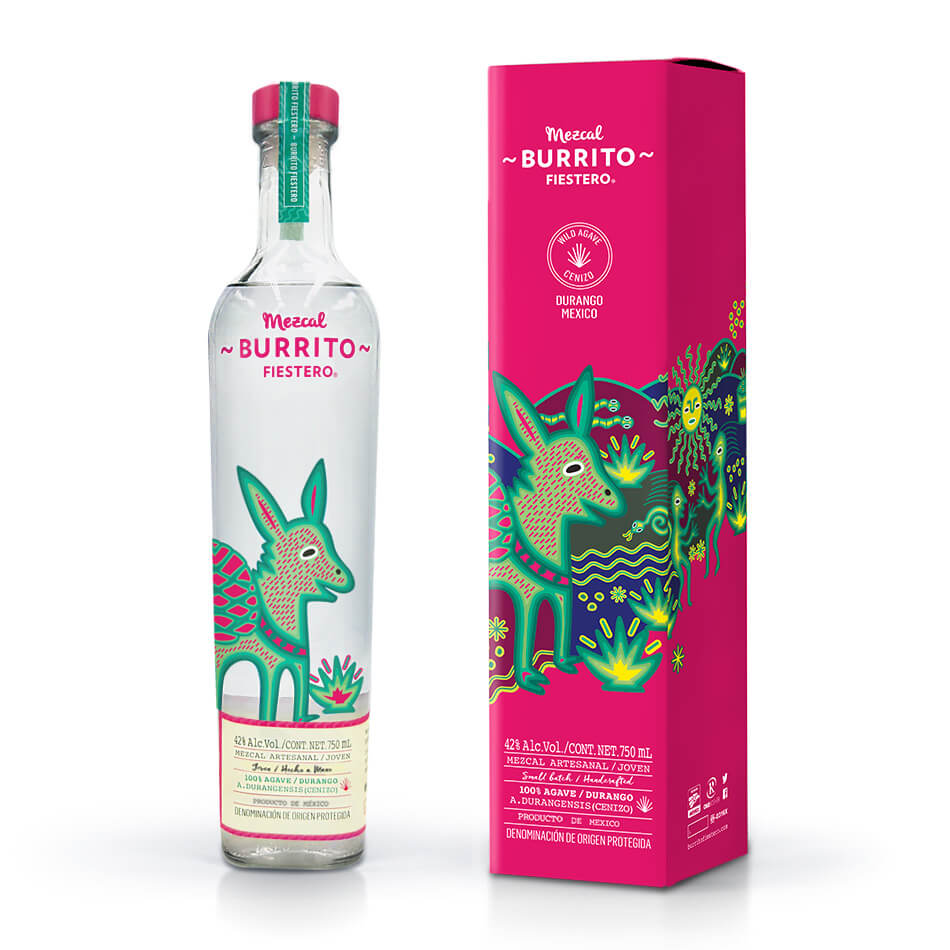
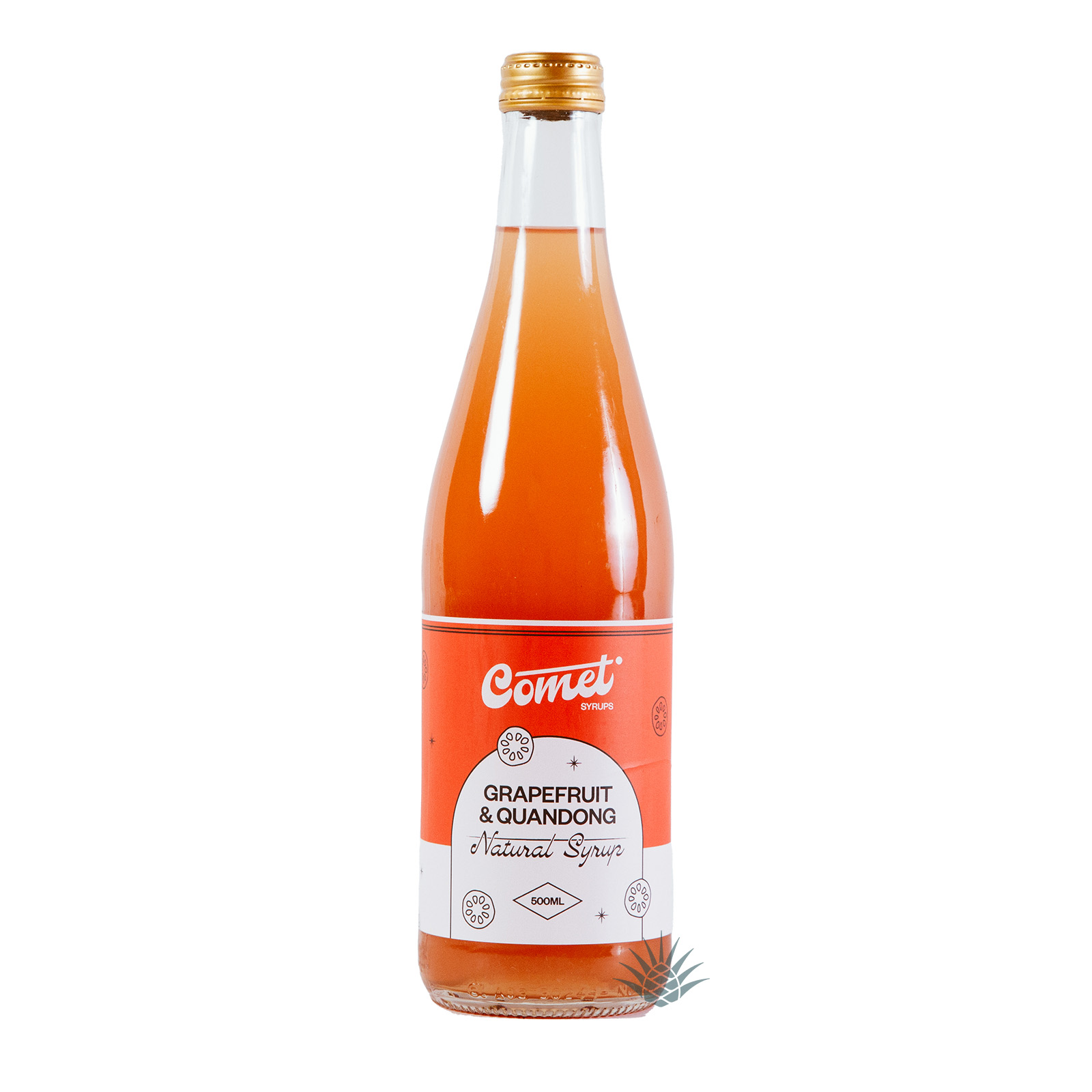
![<span data-sheets-value="{"1":2,"2":"Dixeebe is a long-awaited project from the Cortes and Hernandez families, 5th generation Mezcaleros from Santiago Matatlan, Oaxaca. This project aims to protect and cultivate the culture of Mezcal that has existed for centuries in the Oaxacan Sierras. Love, gratitude and respect are pillars of the project. Each product produced by Dixeebe is made to honour tradition, and ensure that these Mezcales will be protected for future generations to enjoy. Agaves are only selected at the height of maturity, and the only decisions around production are driven by quality, not any commercial considerations, demand or volume. They only seek to produce the best quality Mezcal they can, regardless of market influence."}" data-sheets-userformat="{"2":14783,"3":{"1":0,"3":1},"4":{"1":2,"2":14281427},"5":{"1":[{"1":2,"2":0,"5":{"1":2,"2":0}},{"1":0,"2":0,"3":3},{"1":1,"2":0,"4":1}]},"6":{"1":[{"1":2,"2":0,"5":{"1":2,"2":0}},{"1":0,"2":0,"3":3},{"1":1,"2":0,"4":1}]},"7":{"1":[{"1":2,"2":0,"5":{"1":2,"2":0}},{"1":0,"2":0,"3":3},{"1":1,"2":0,"4":1}]},"8":{"1":[{"1":2,"2":0,"5":{"1":2,"2":0}},{"1":0,"2":0,"3":3},{"1":1,"2":0,"4":1}]},"10":1,"11":4,"14":{"1":2,"2":0},"15":"Arial","16":8}">Dixeebe is a long-awaited project from the Cortes and Hernandez families, 5th generation Mezcaleros from Santiago Matatlan, Oaxaca. This project aims to protect and cultivate the culture of Mezcal that has existed for centuries in the Oaxacan Sierras. Love, gratitude and respect are pillars of the project. Each product produced by Dixeebe is made to honour tradition, and ensure that these Mezcales will be protected for future generations to enjoy. </span>](https://www.agavelux.com.au/wp-content/uploads/Pulquero-02.jpg)
